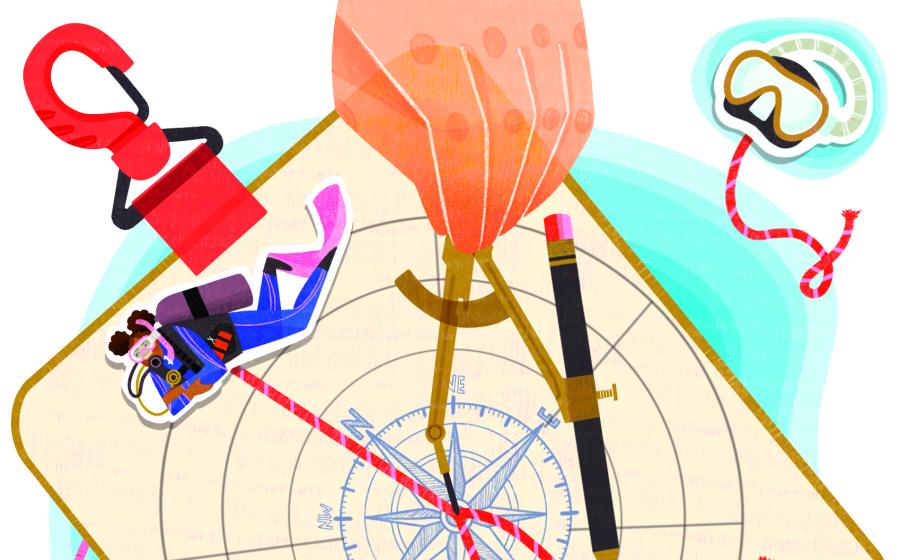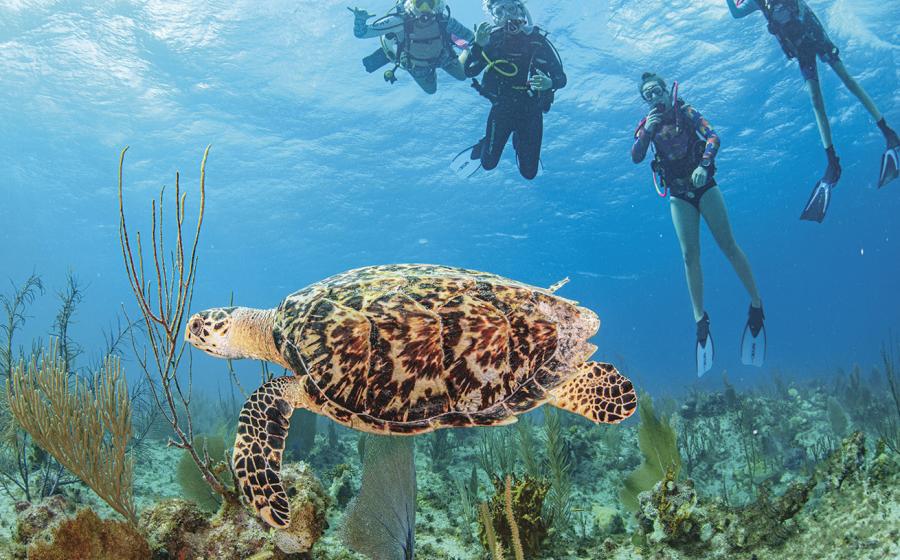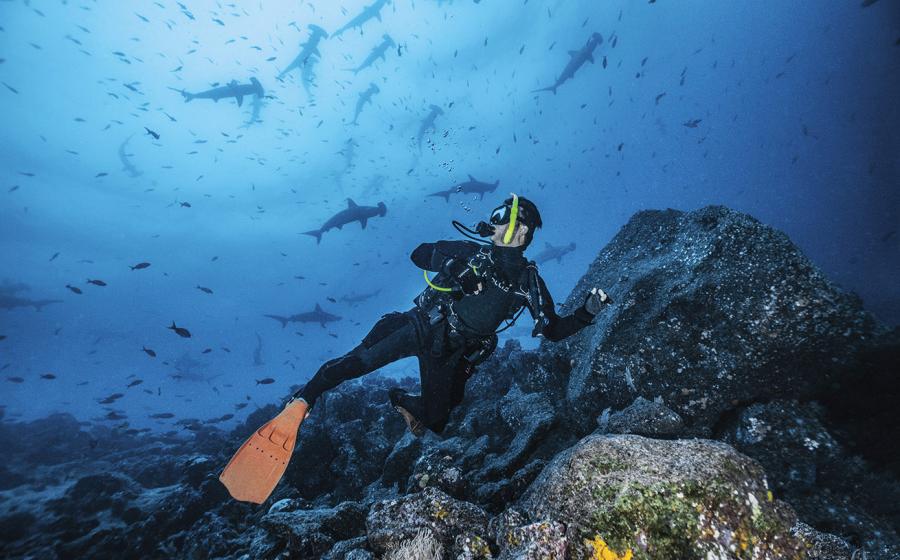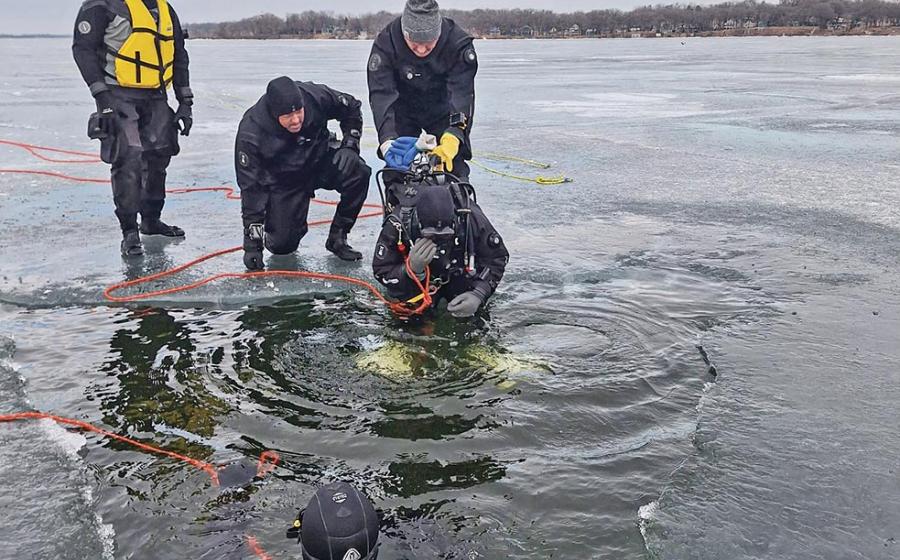Scuba Diving in Alaska
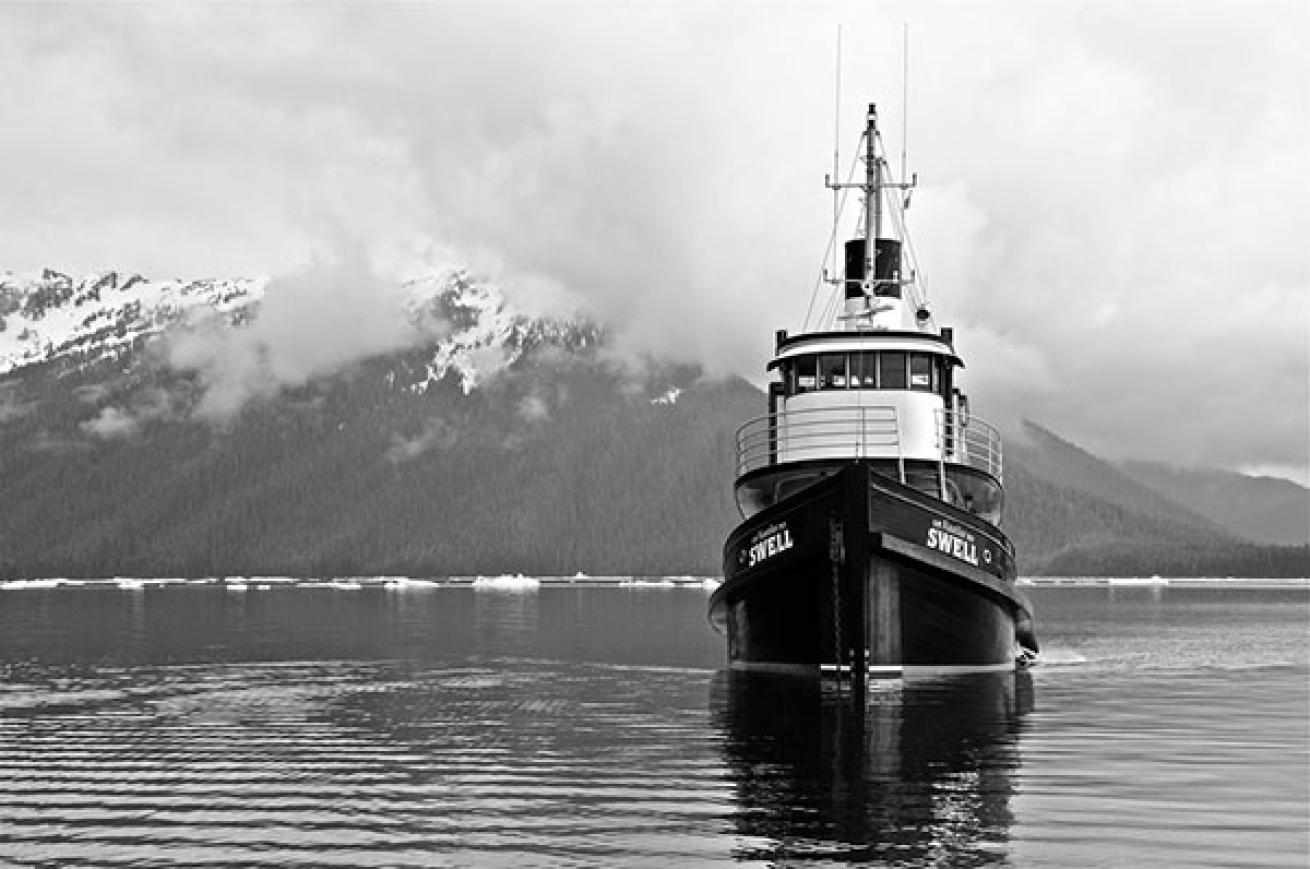
Craig Dietrich
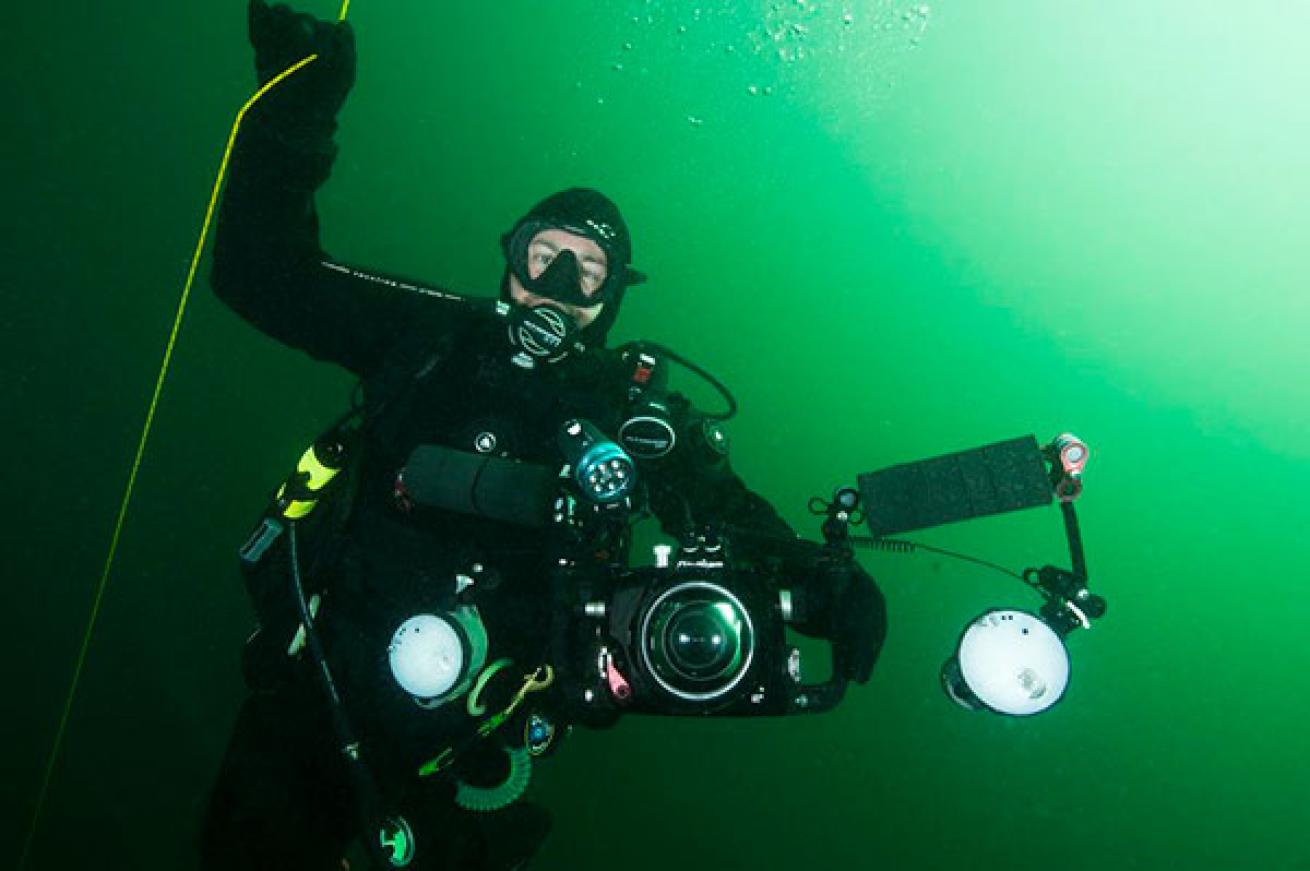
Craig DietrichCold (but happy) photographer.
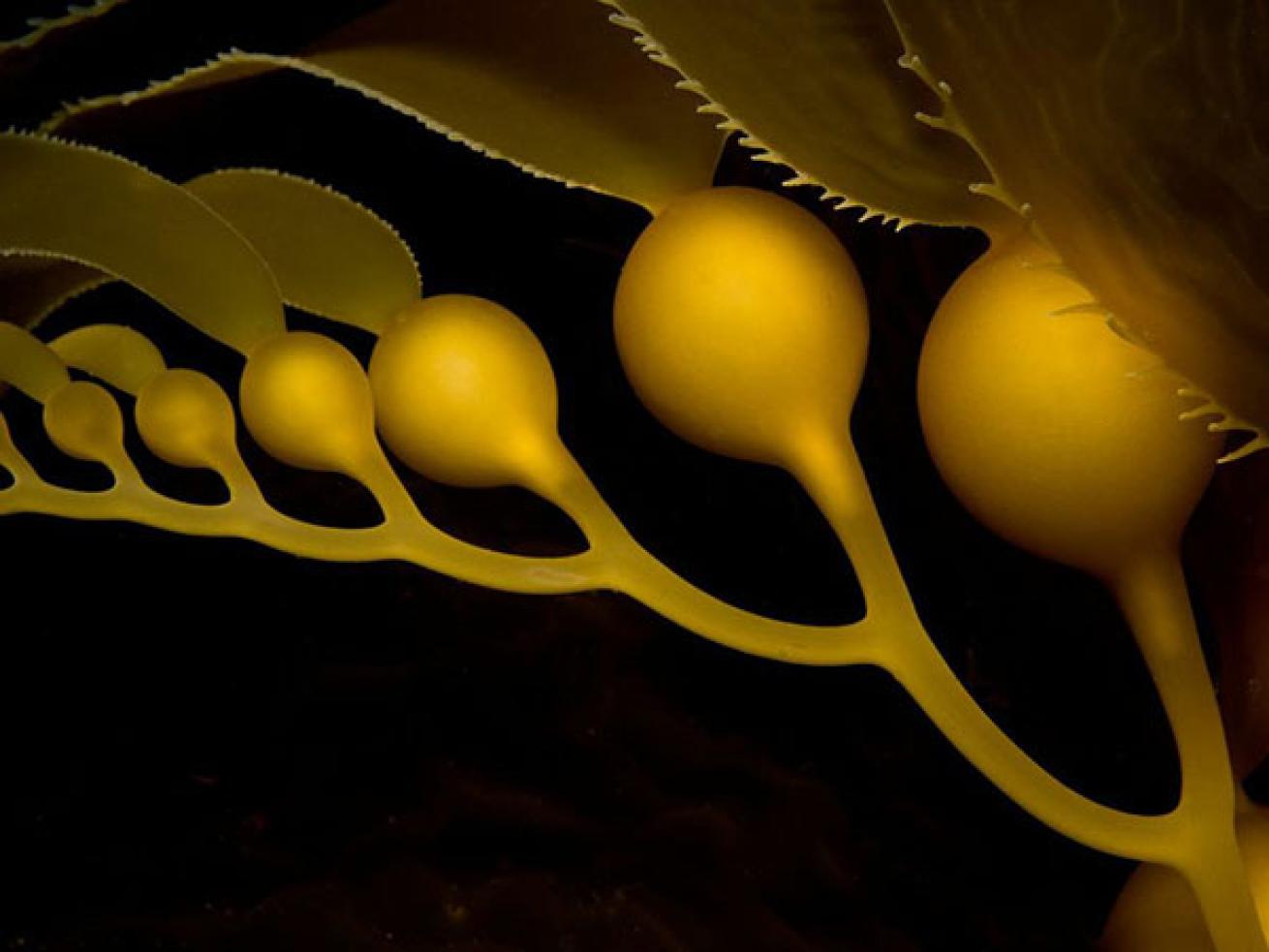
Craig DietrichAlaskan kelp.
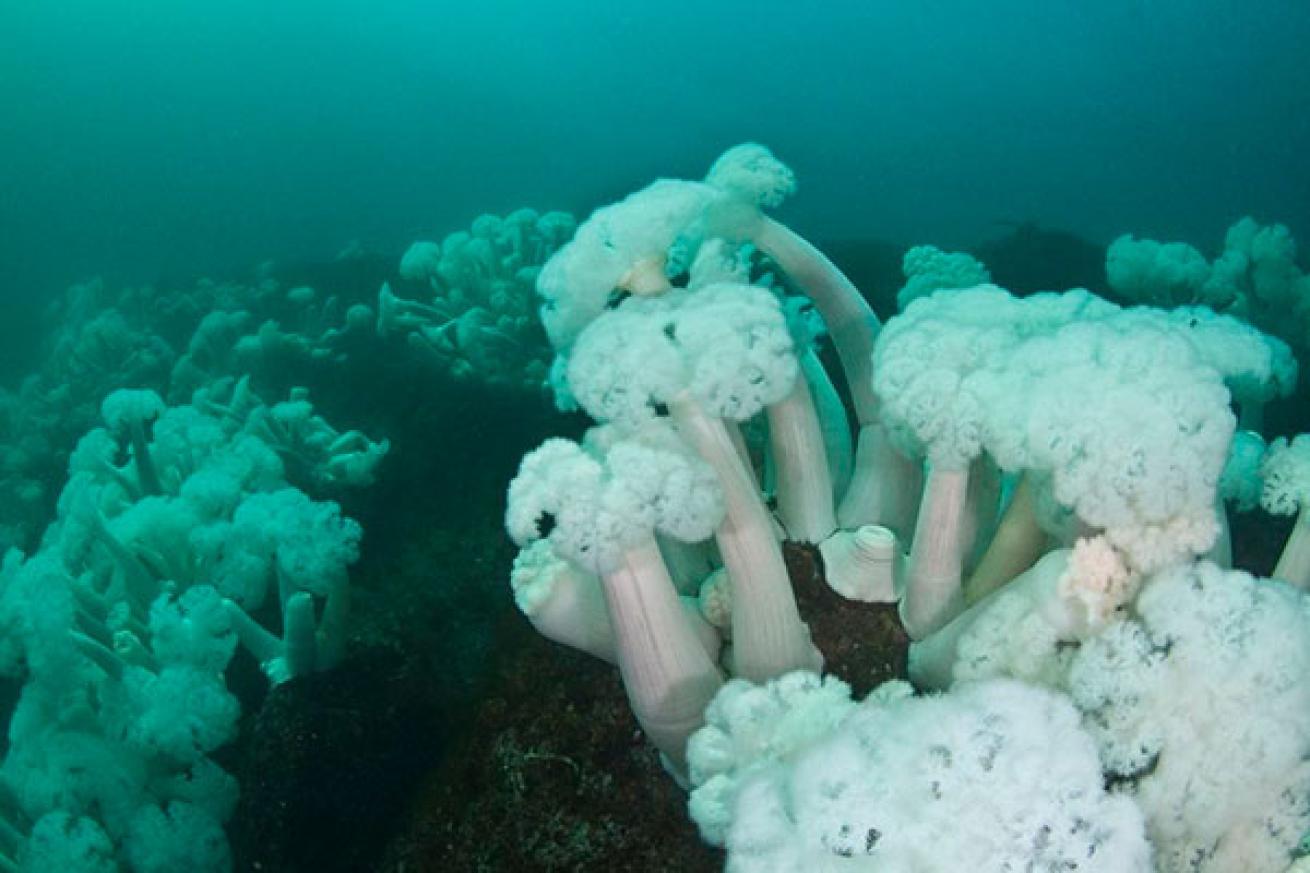
Craig DietrichGiant plumose anemone.
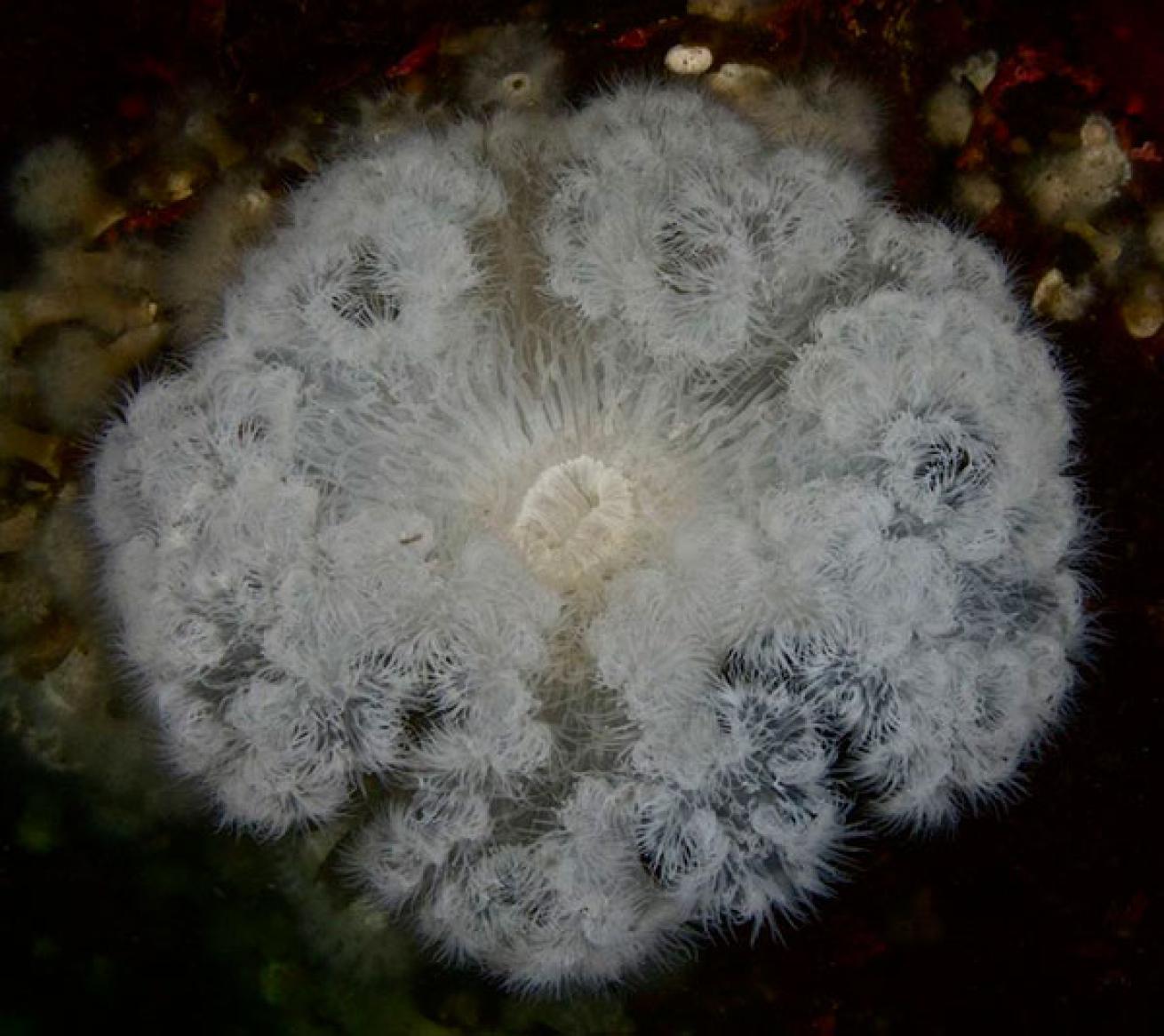
Craig DietrichAnother perspective on a giant plumose anemone, which thrives in these cold waters.
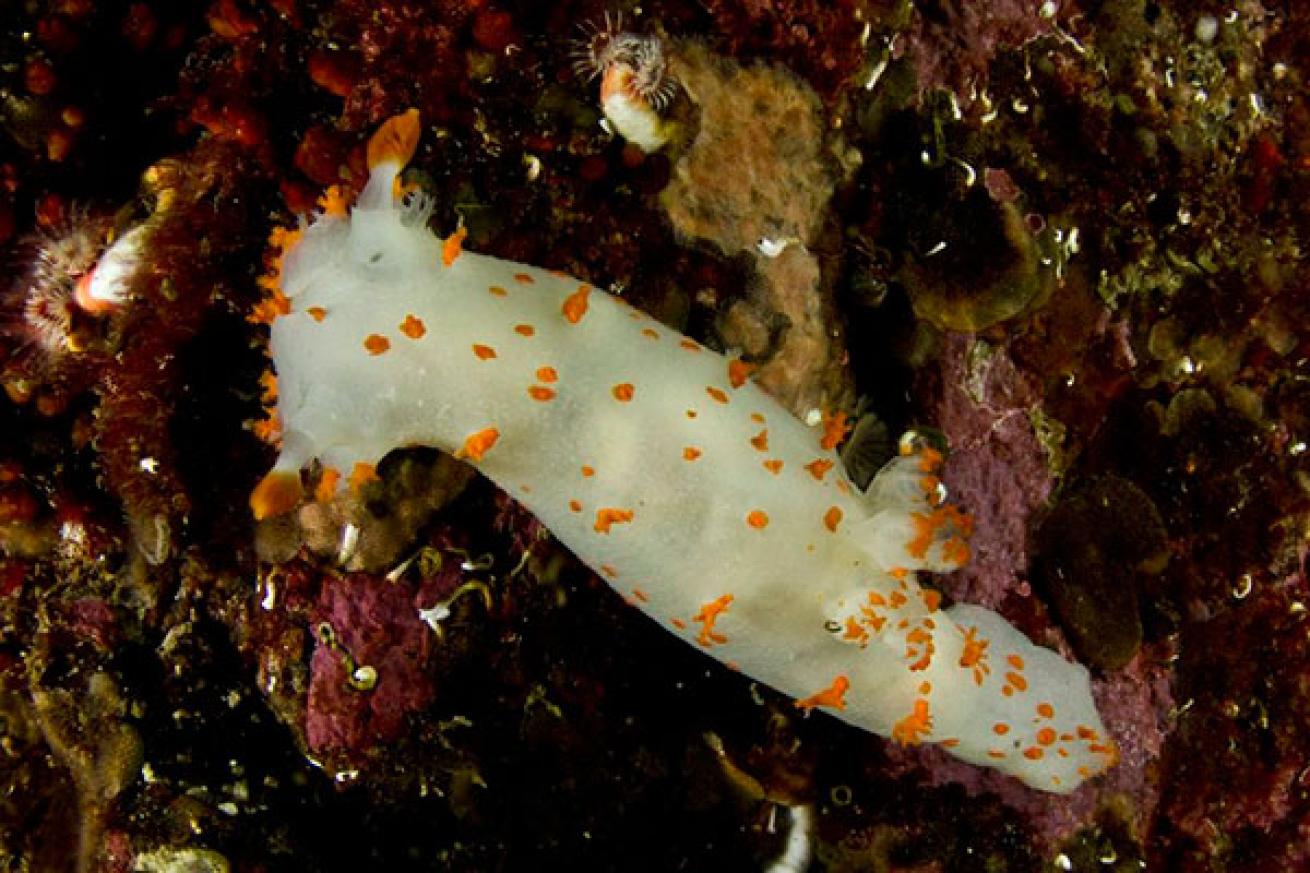
Craig DietrichClown nudibranch.
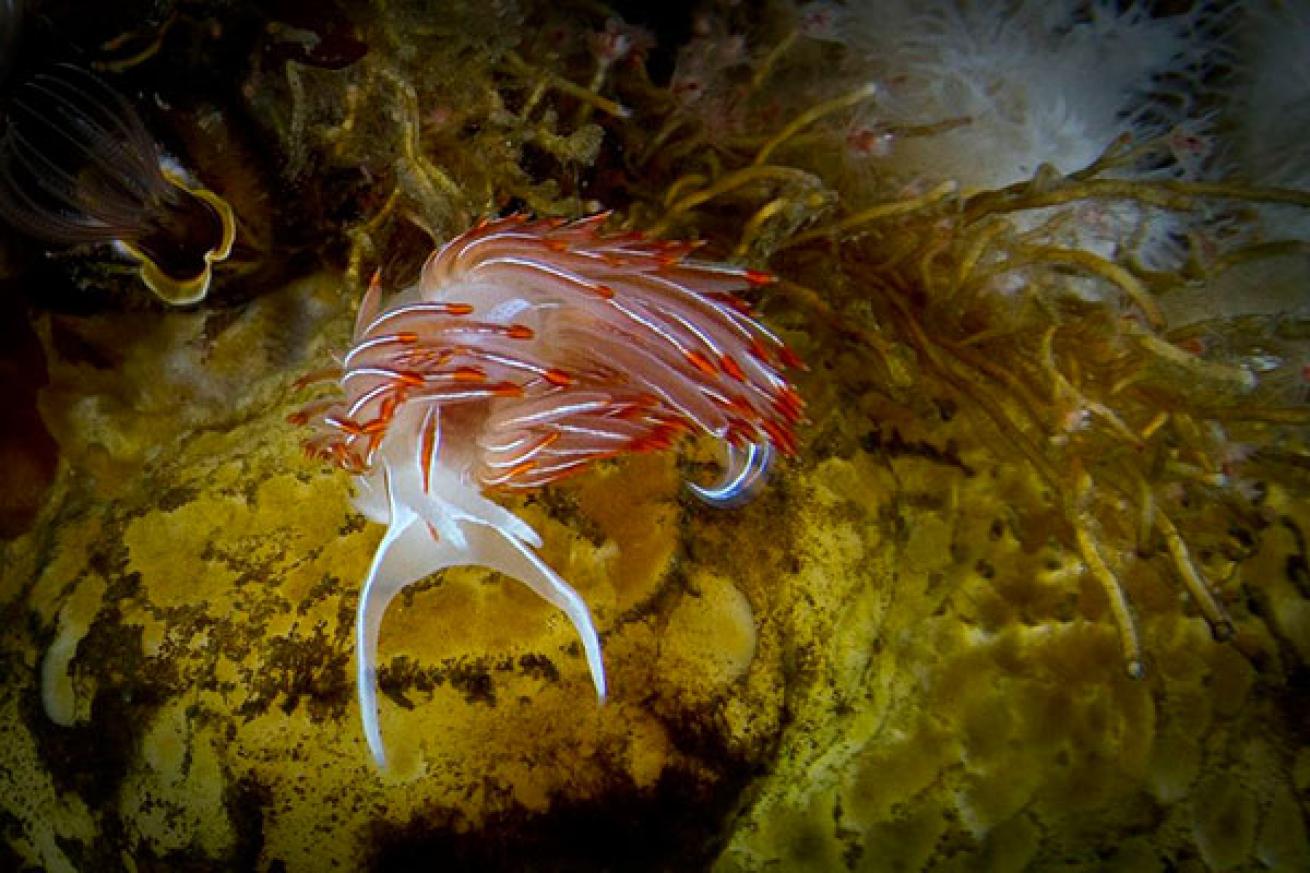
Craig DietrichOpalescent nudibranch.
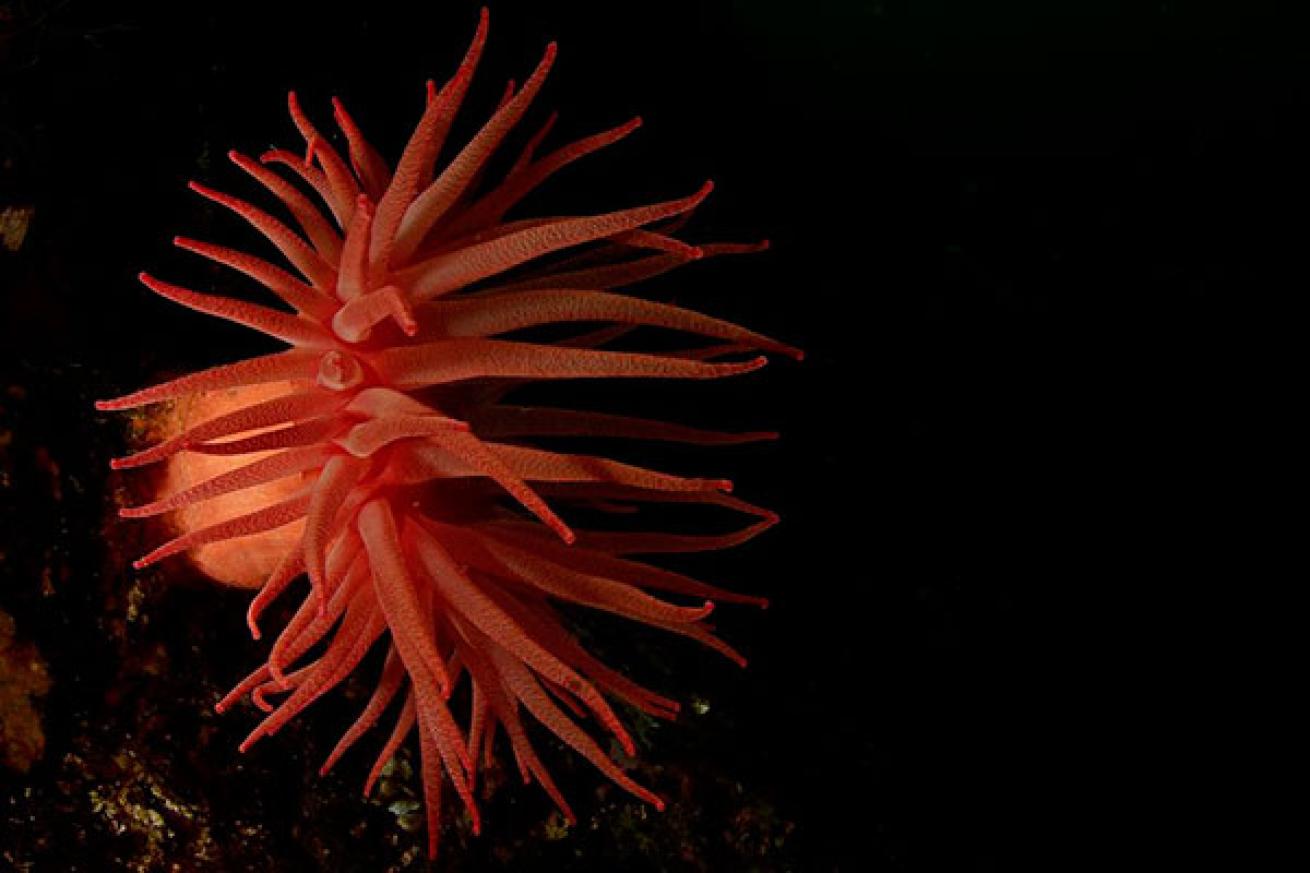
Craig DietrichRed anemone.
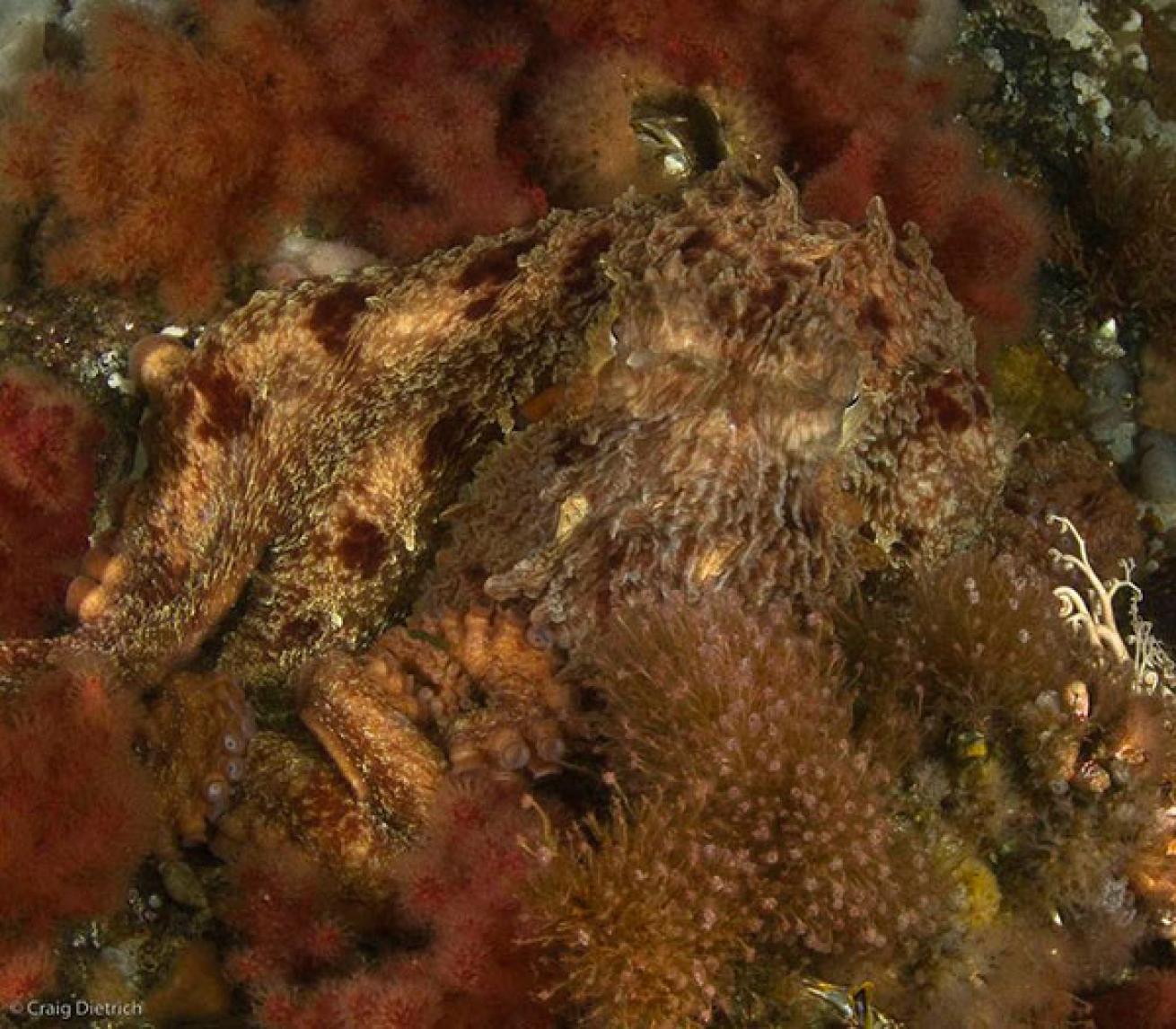
Craig DietrichOctopus.
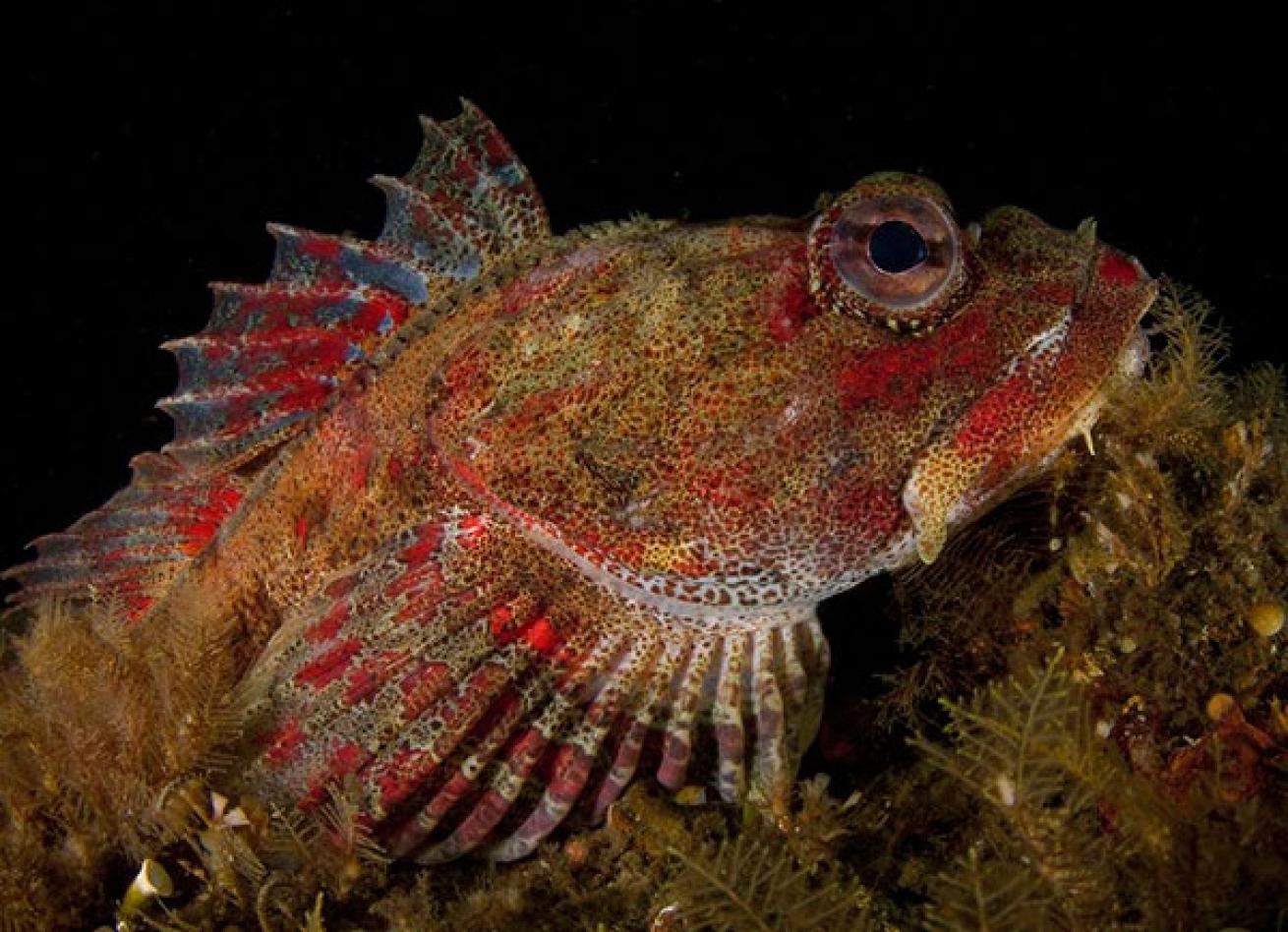
Craig DietrichRed Irish lord.
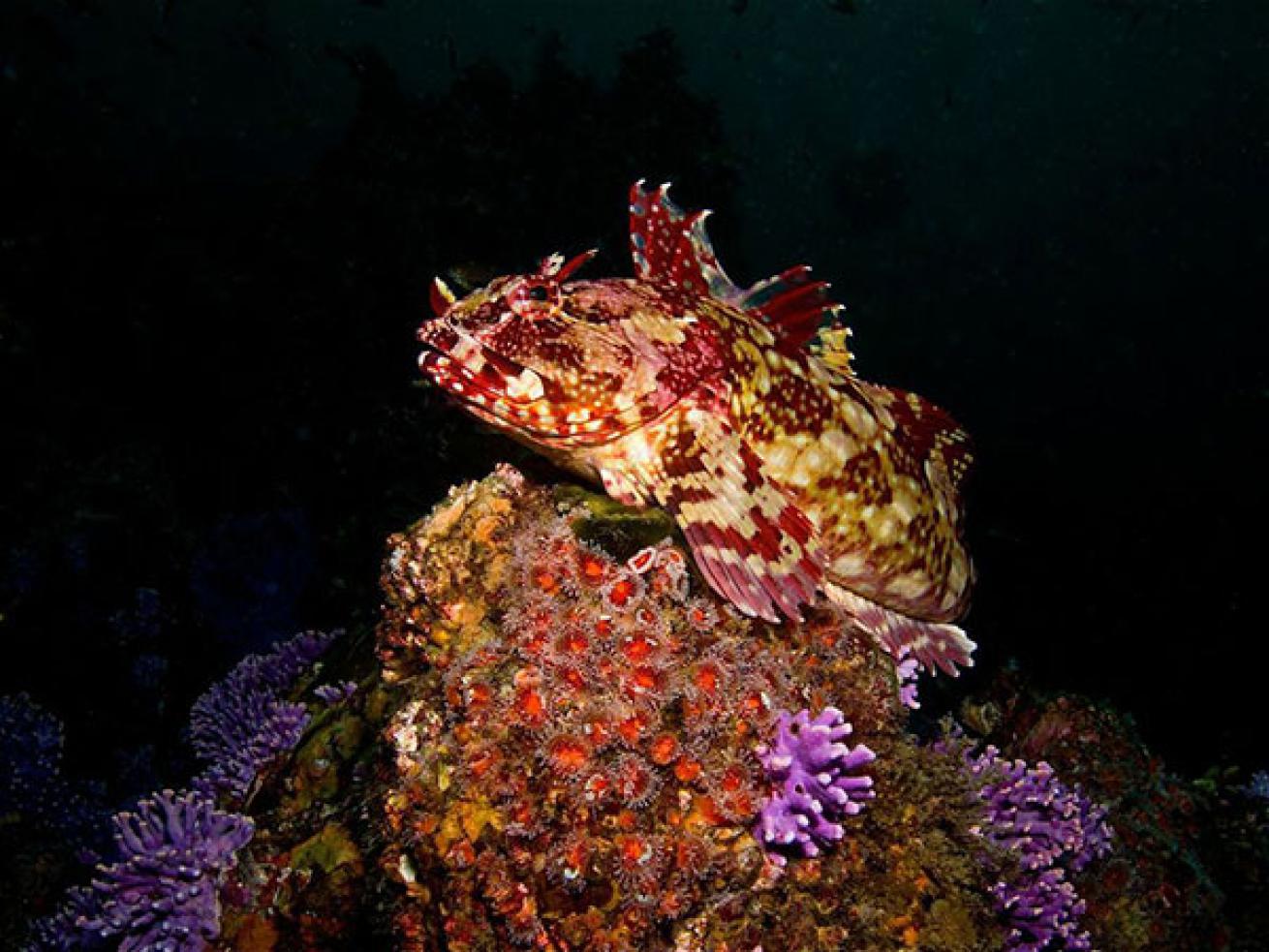
Craig DietrichCabezon.
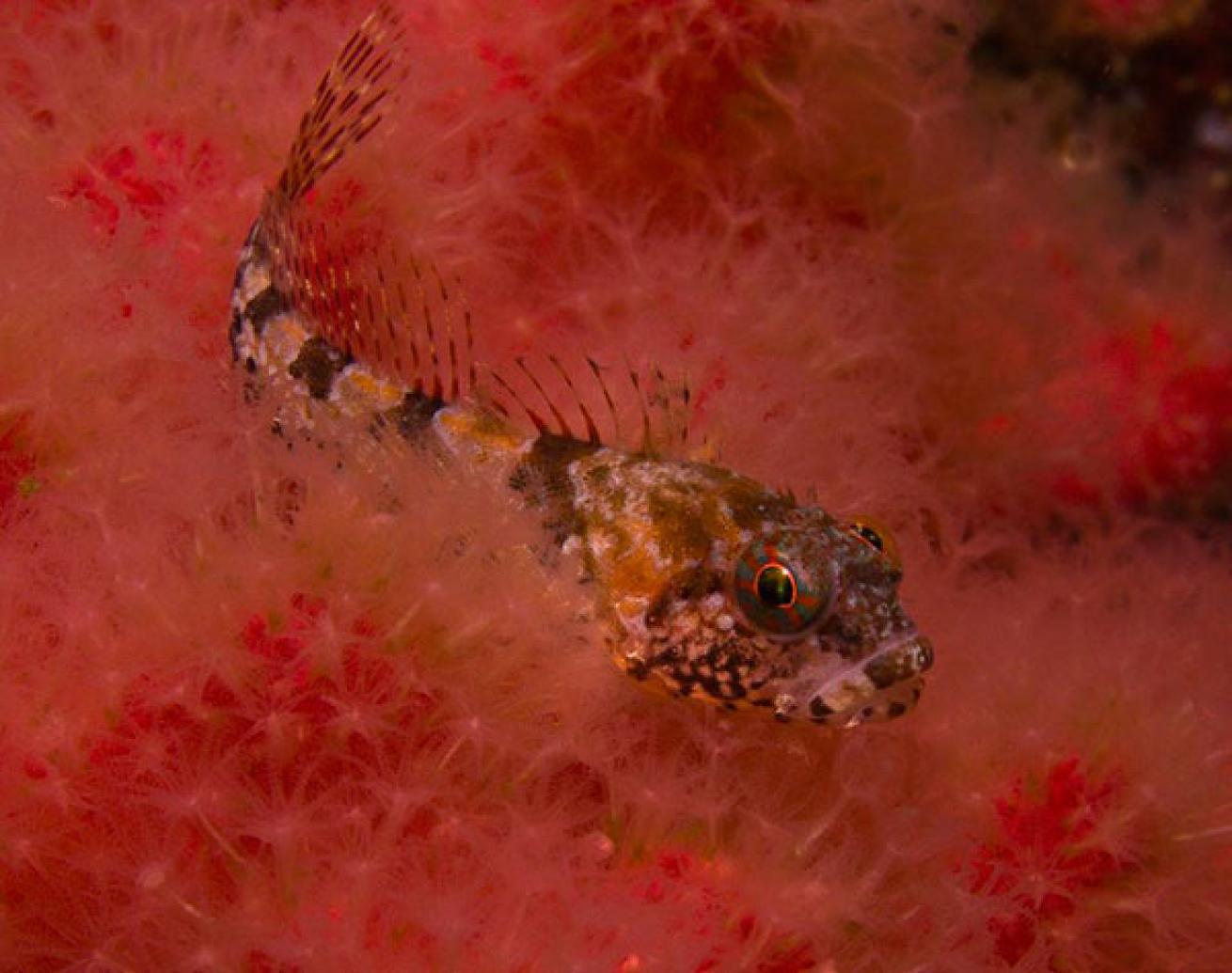
Craig Dietrich
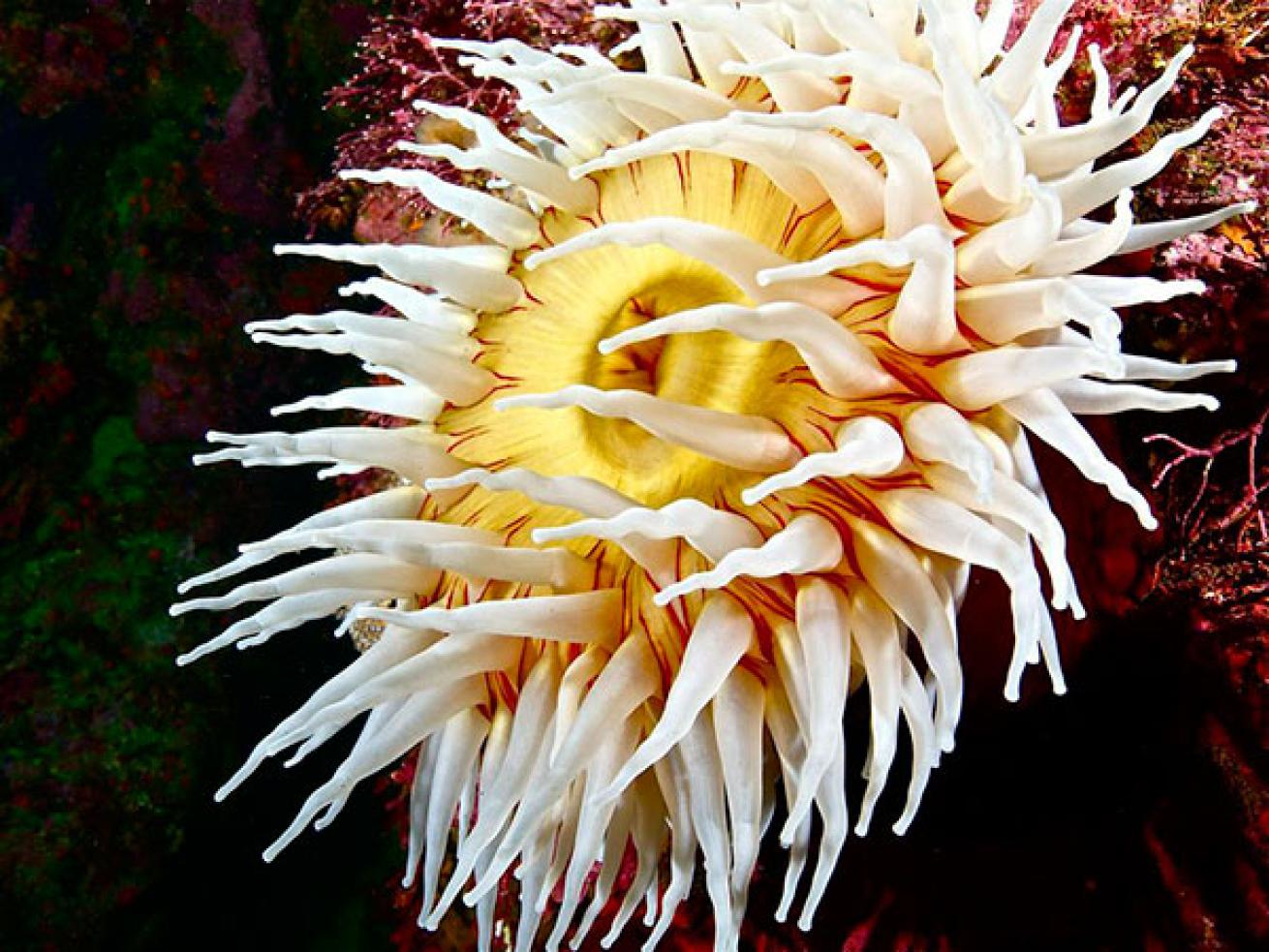
Craig DietrichDancer's legs.
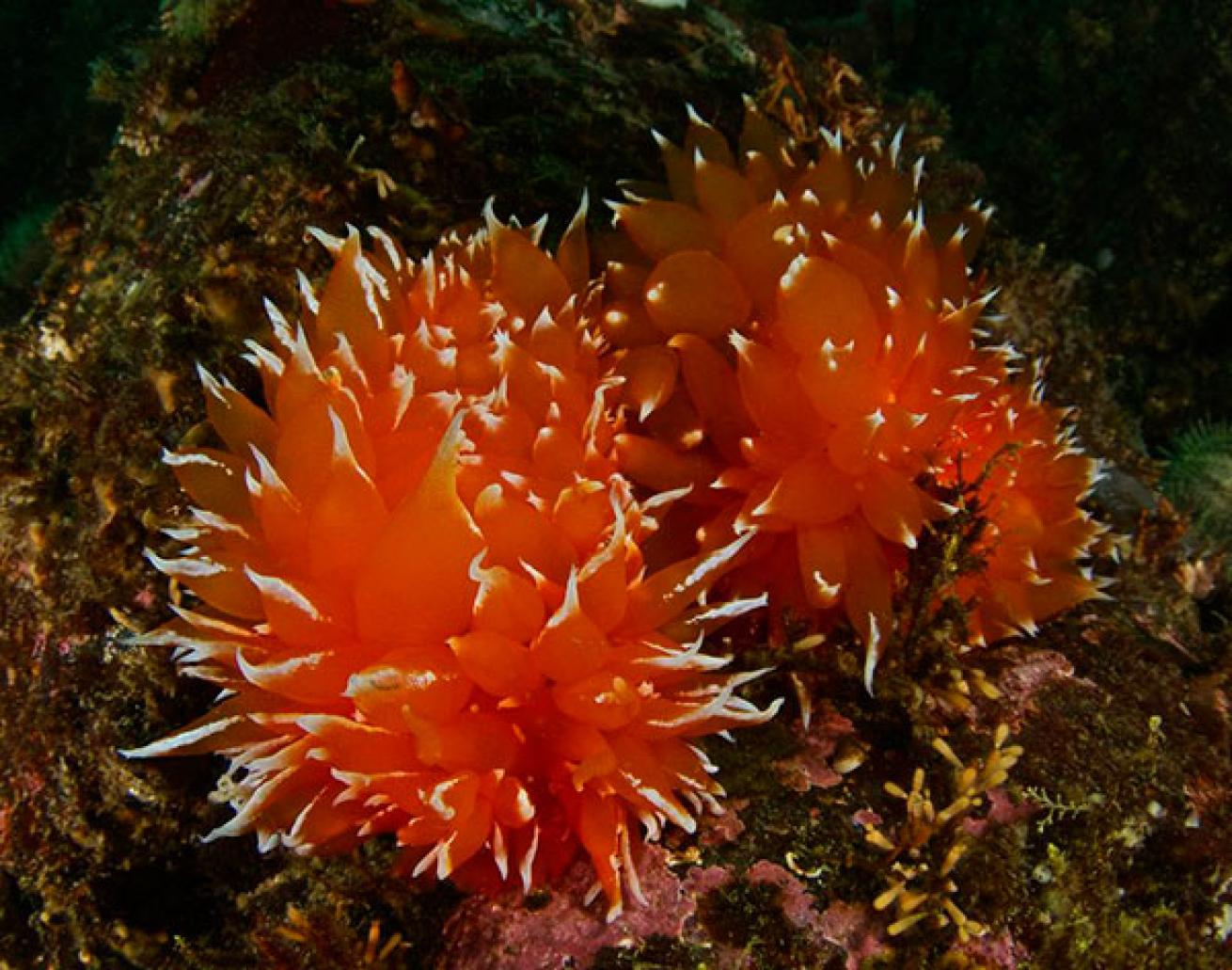
Craig DietrichNudibranch twins.
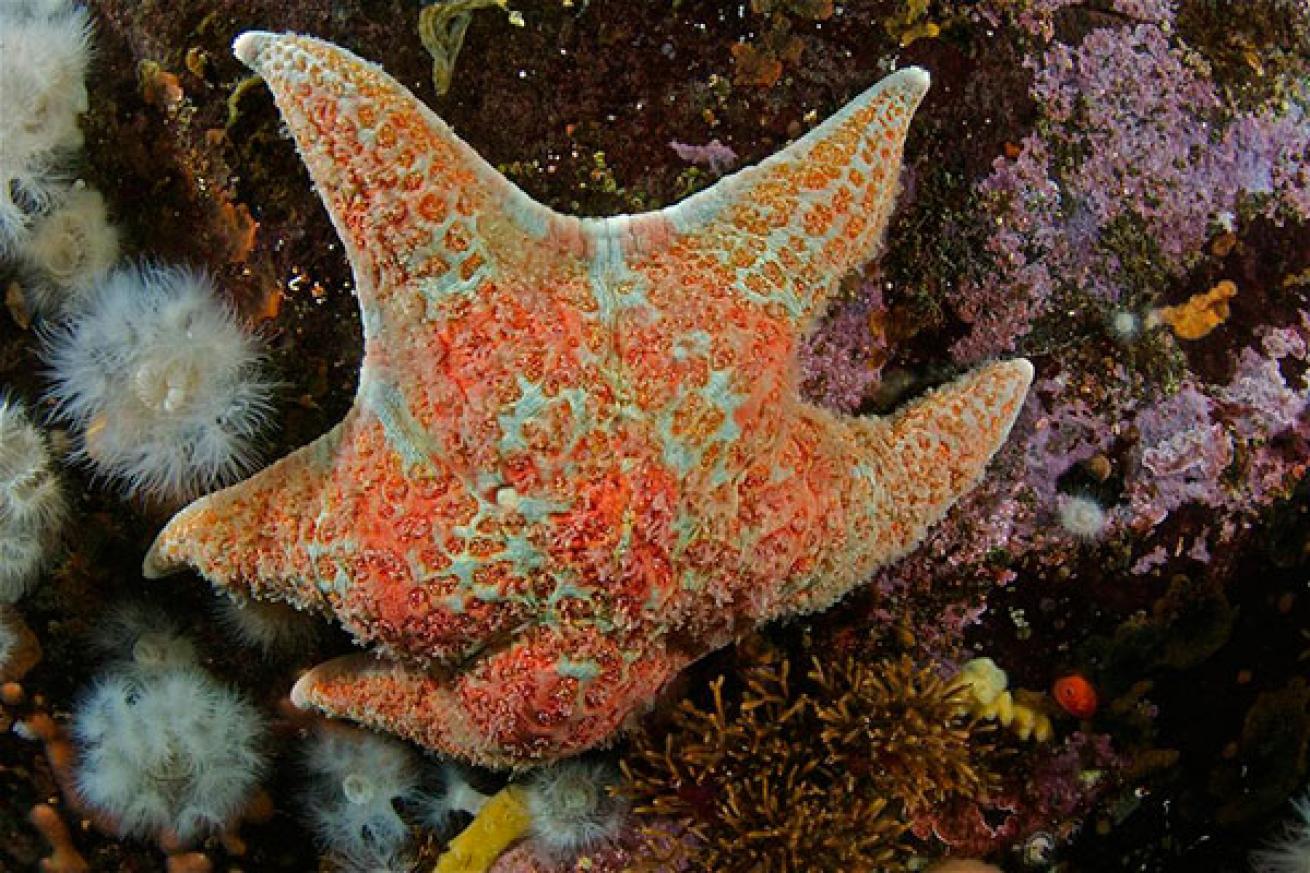
Craig DietrichStarfish .
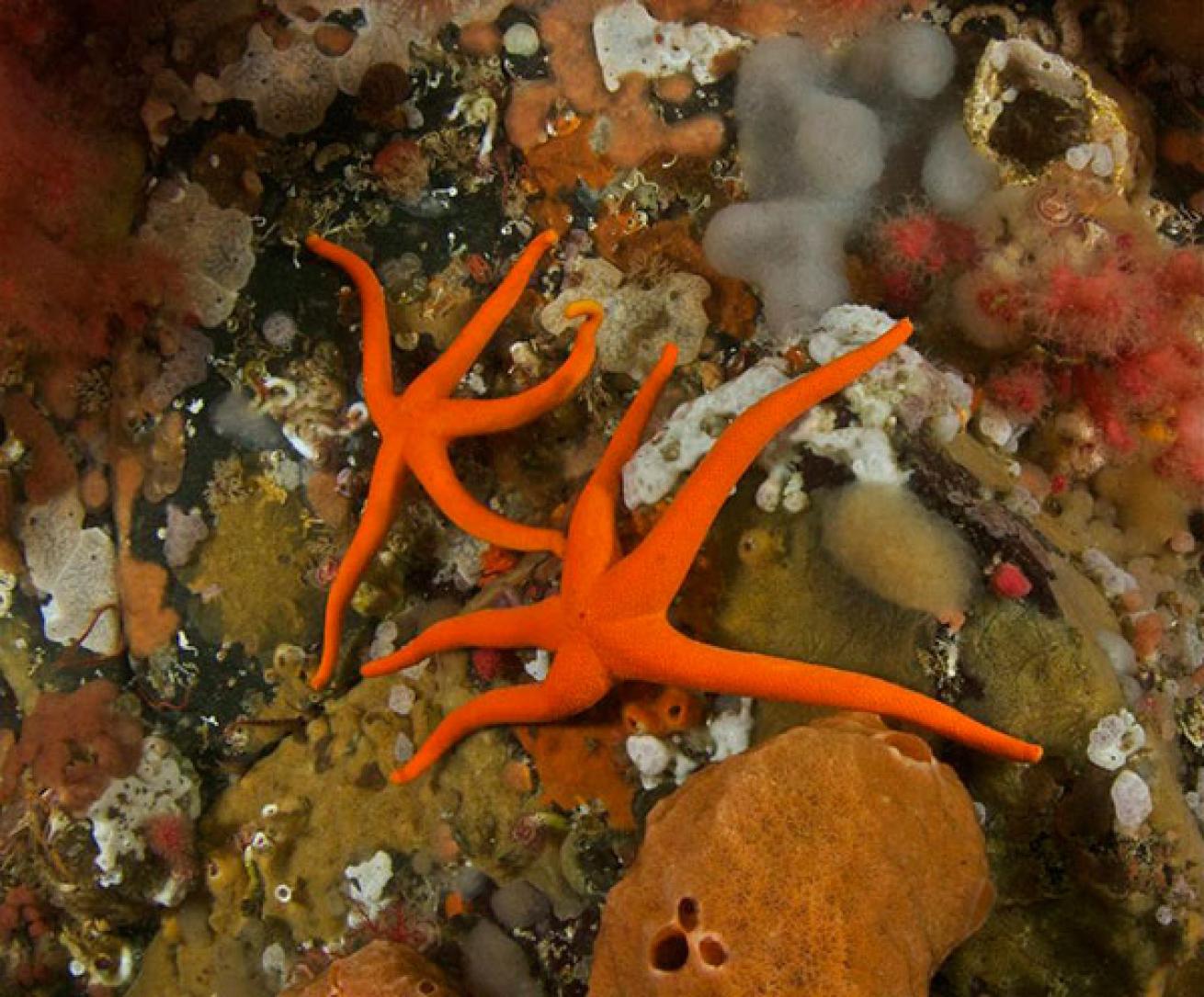
Craig DietrichSkinny starfish.
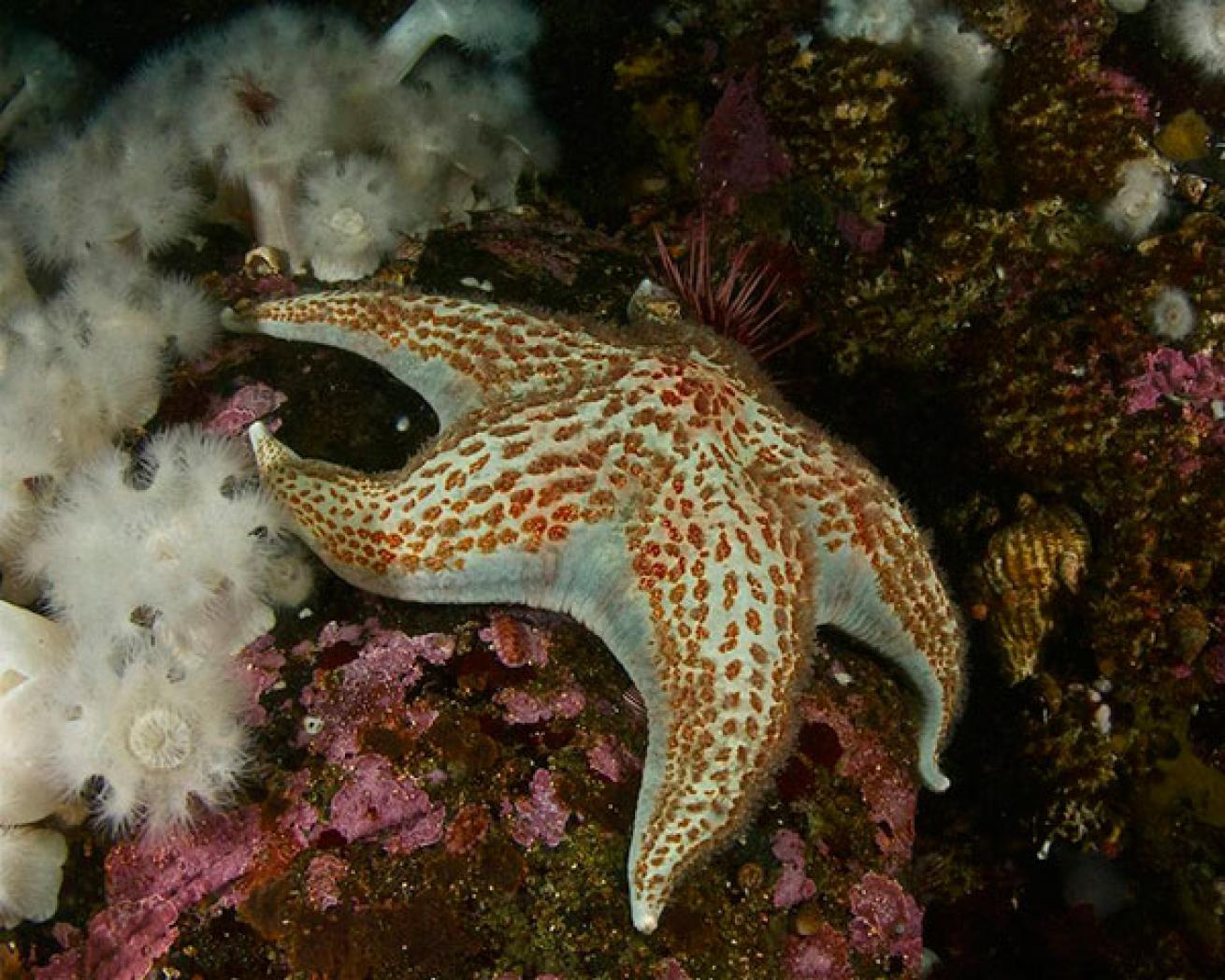
Craig DietrichSparkling starfish.
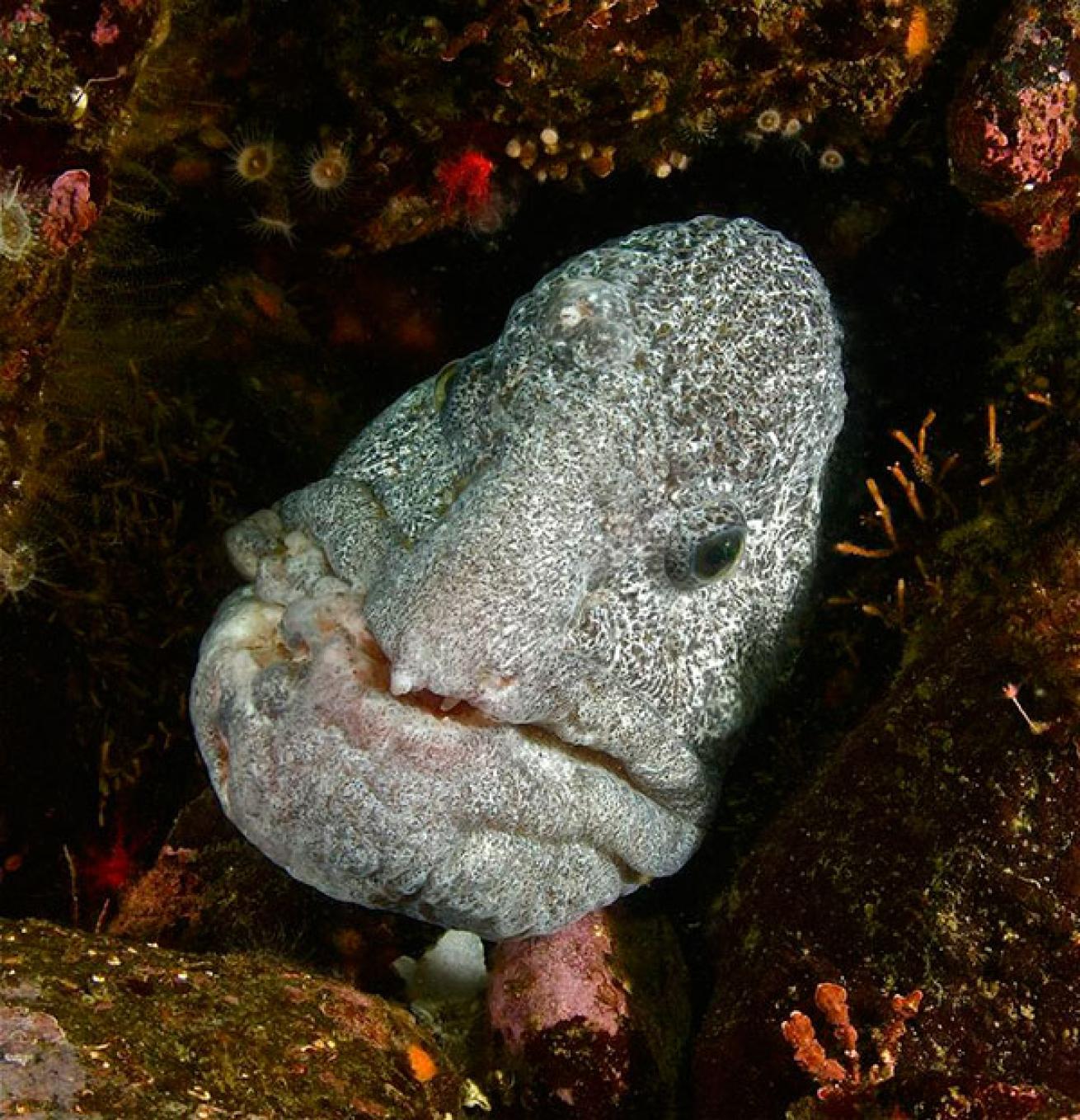
Craig DietrichWolf eel.

Craig DietrichDecorated warbonnet.
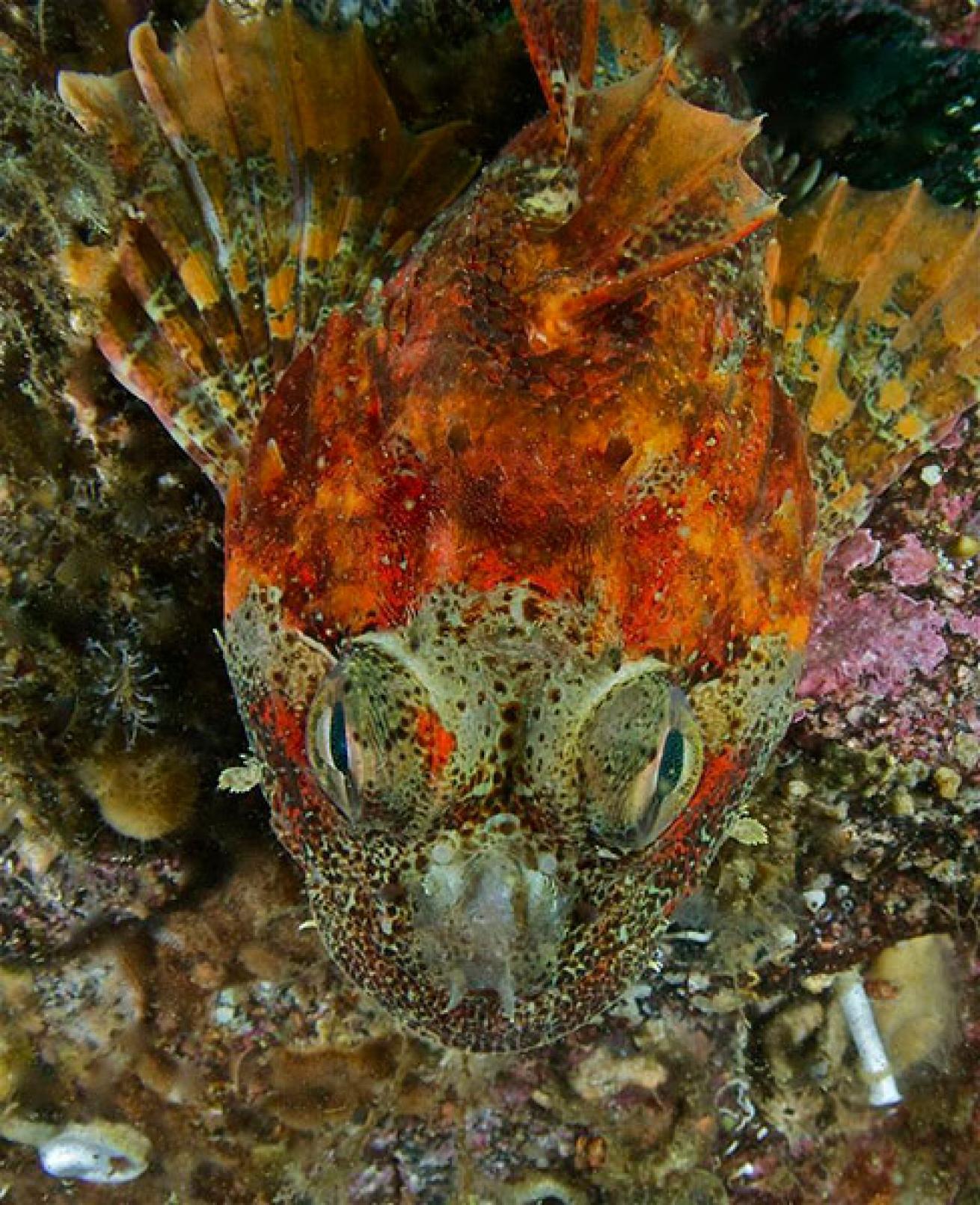
Craig Dietrich
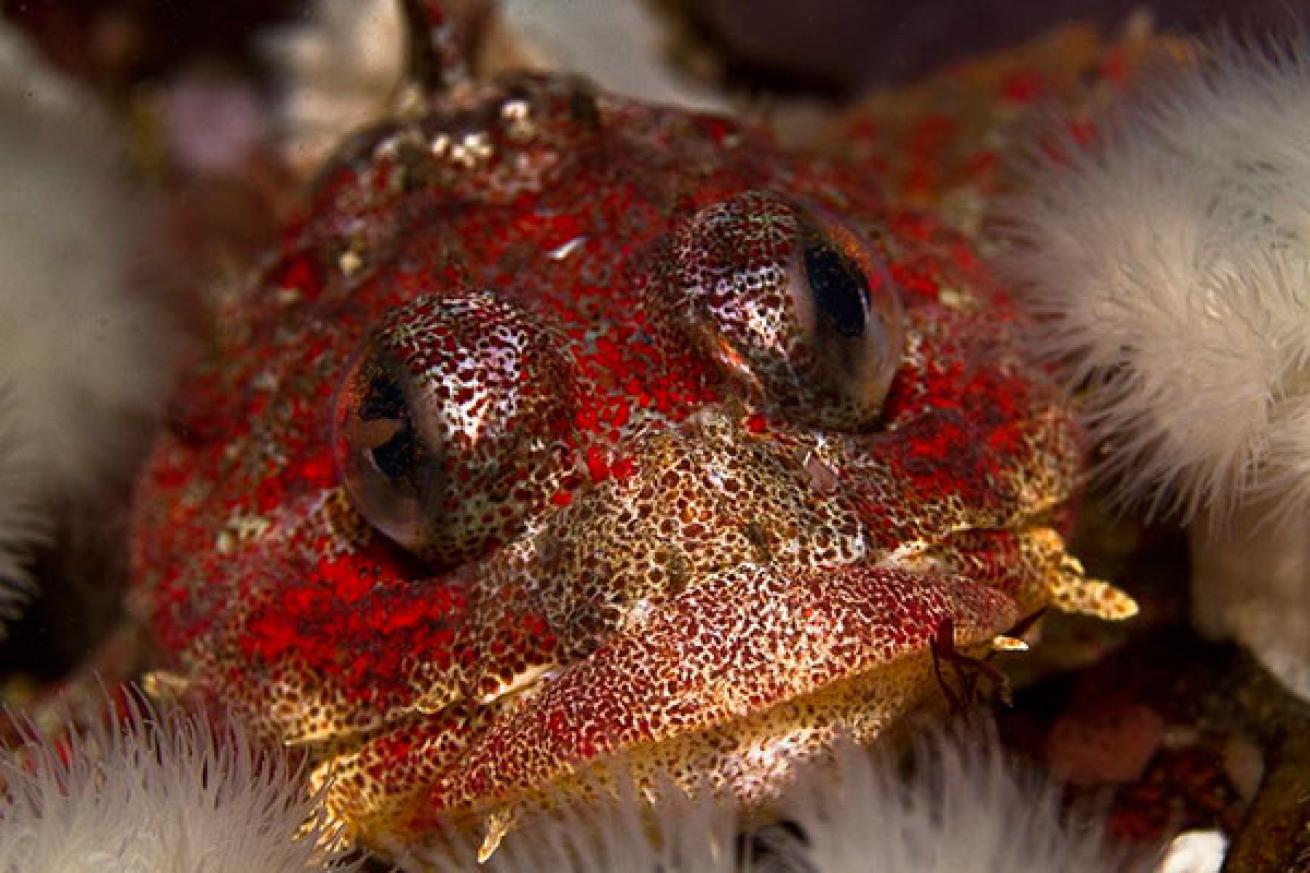
Craig DietrichRed Irish lord .
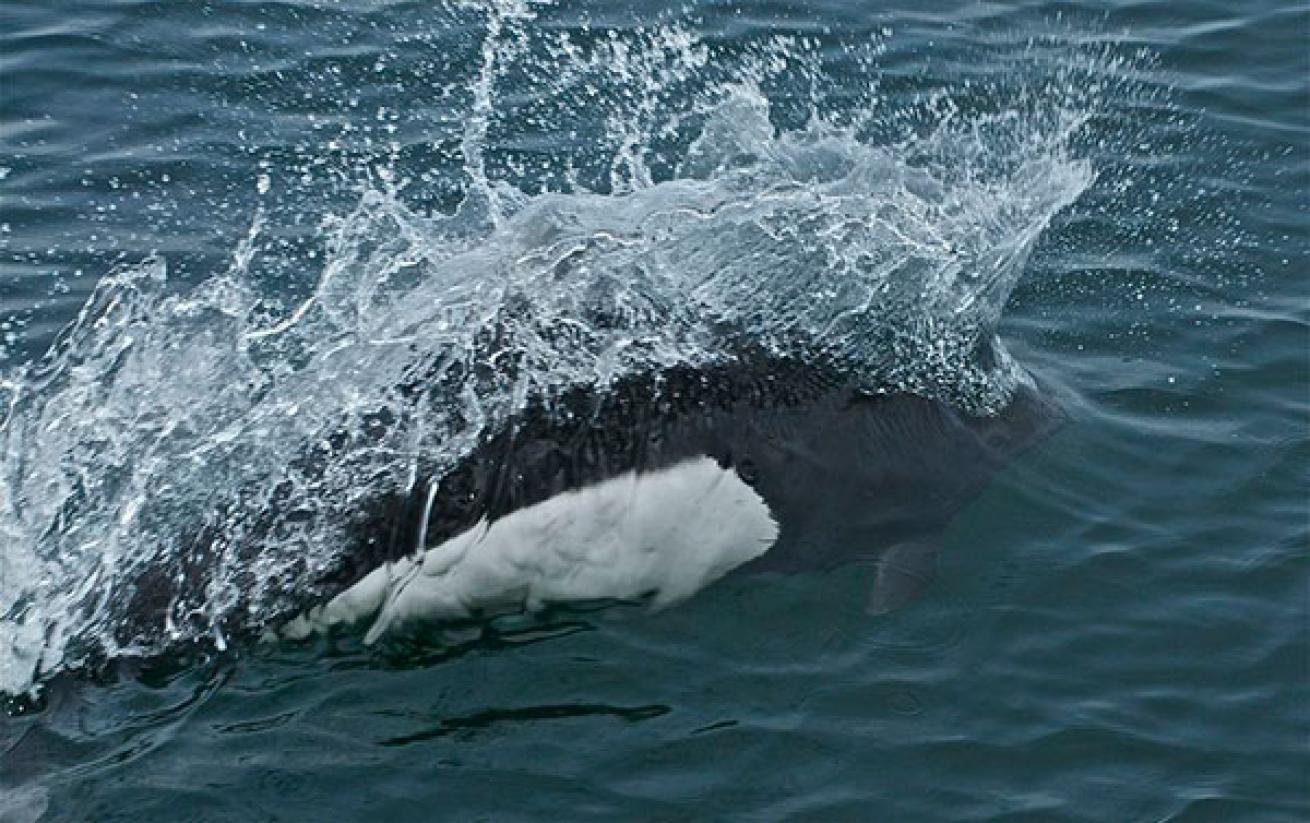
Craig DietrichDall's porpoise.
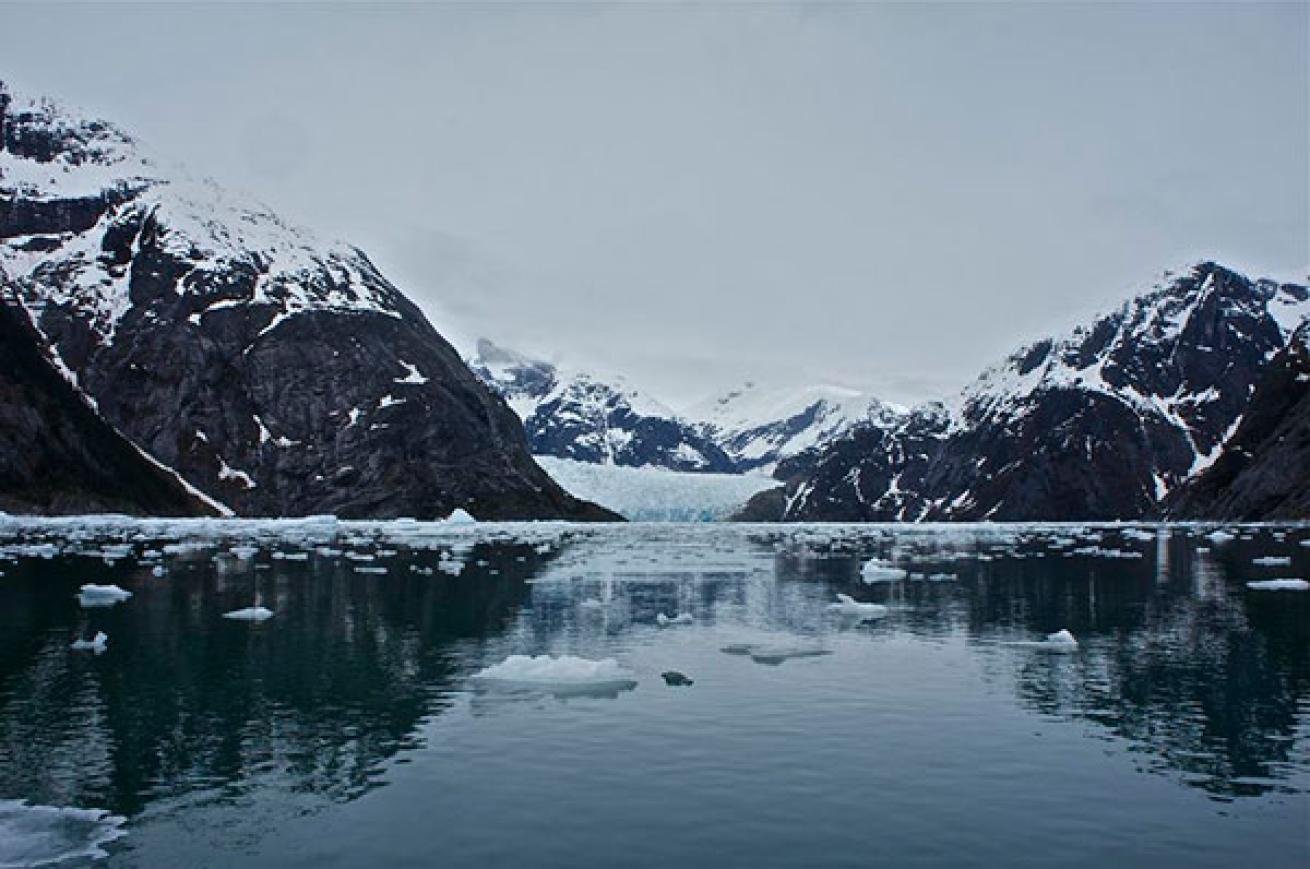
Craig DietrichLe Conte Glacier.
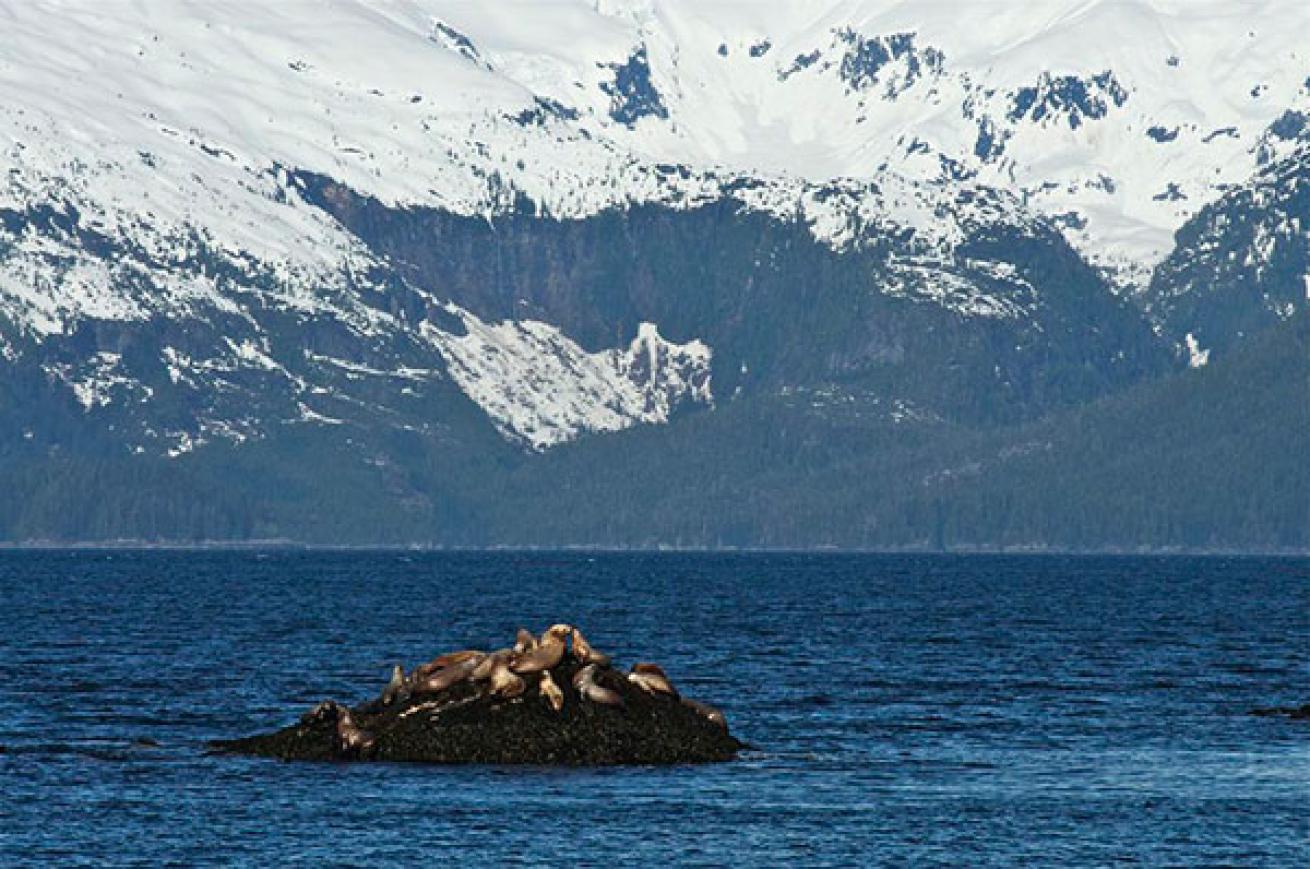
Craig DietrichSteller sea lions.
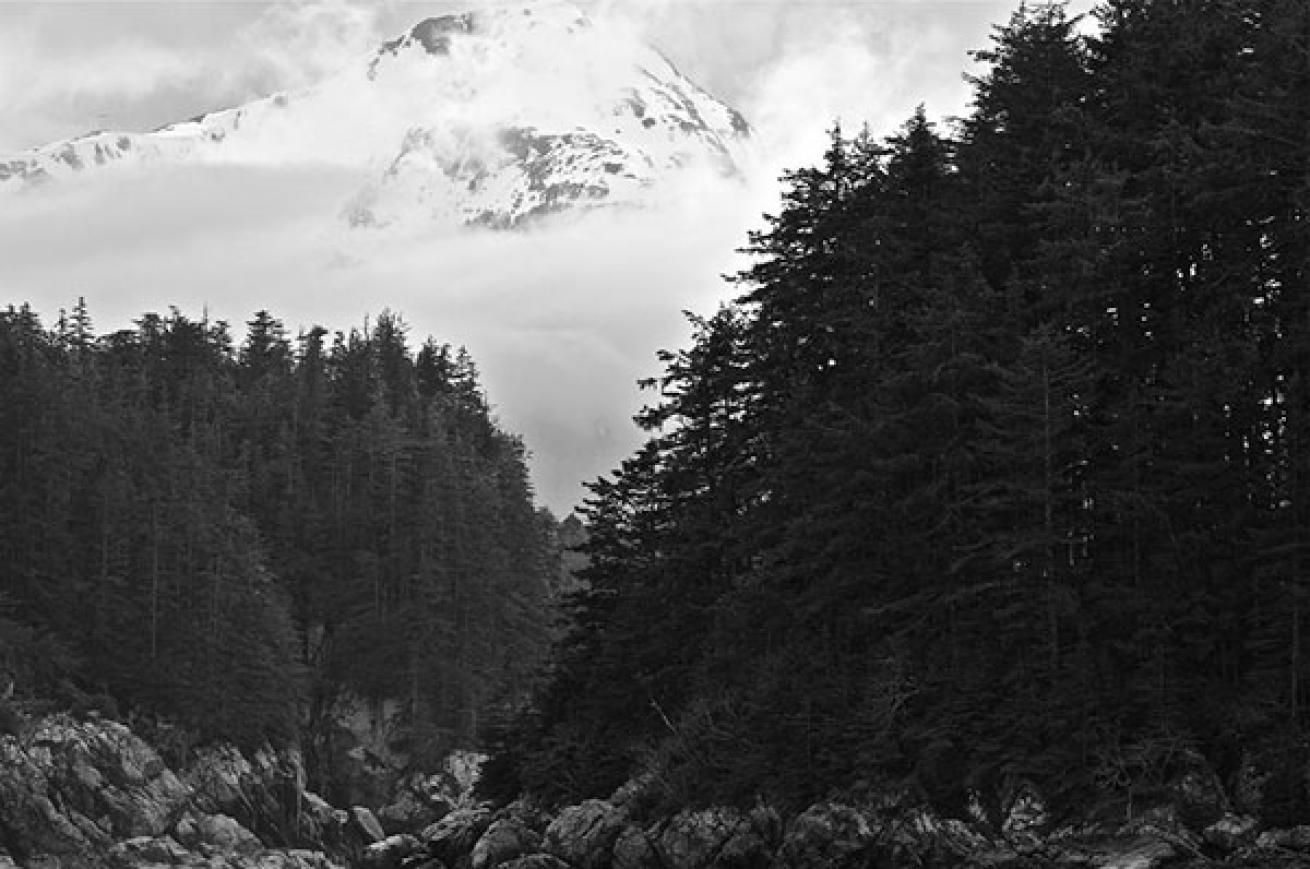
Craig DietrichAlaskan beauty.
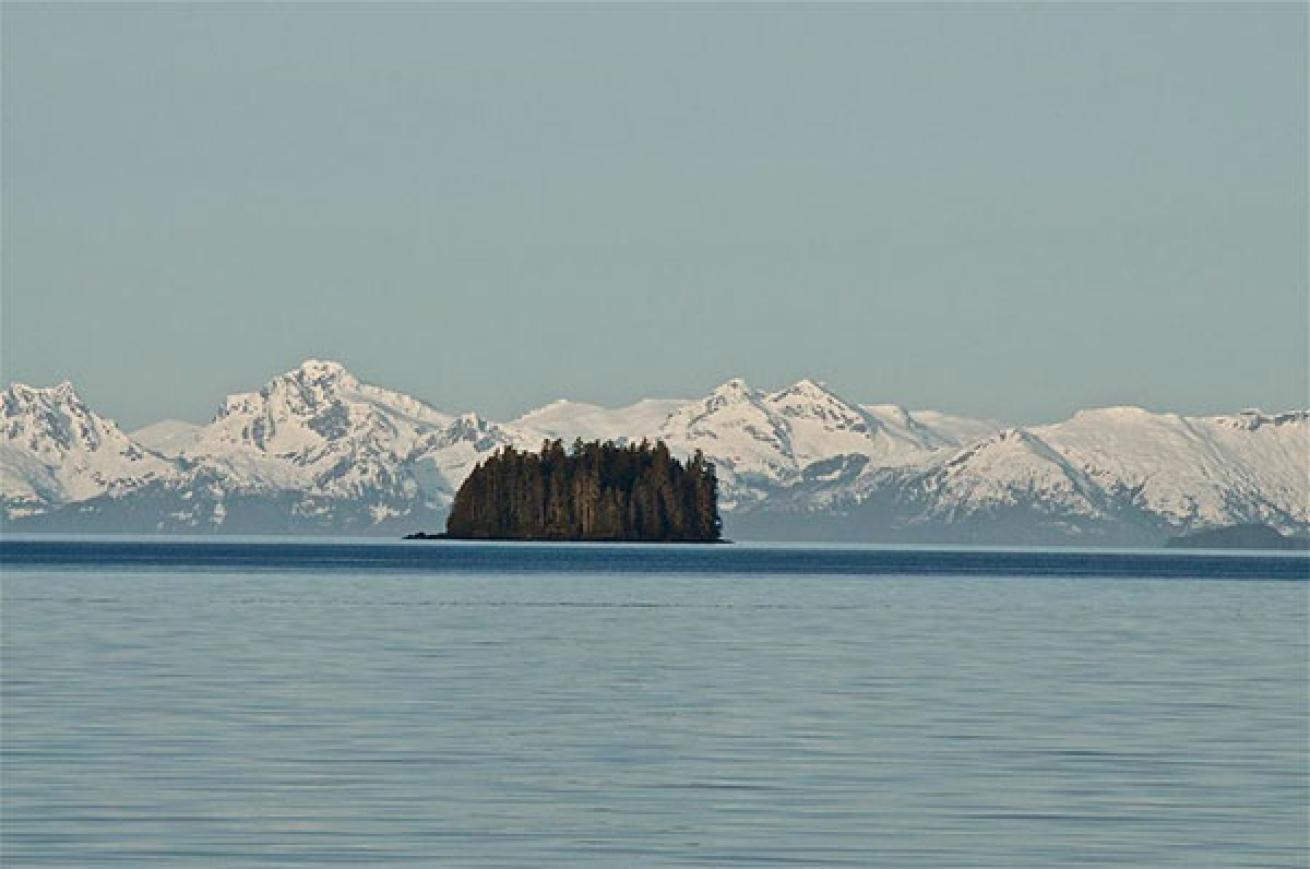
Craig DietrichPost-dive view.
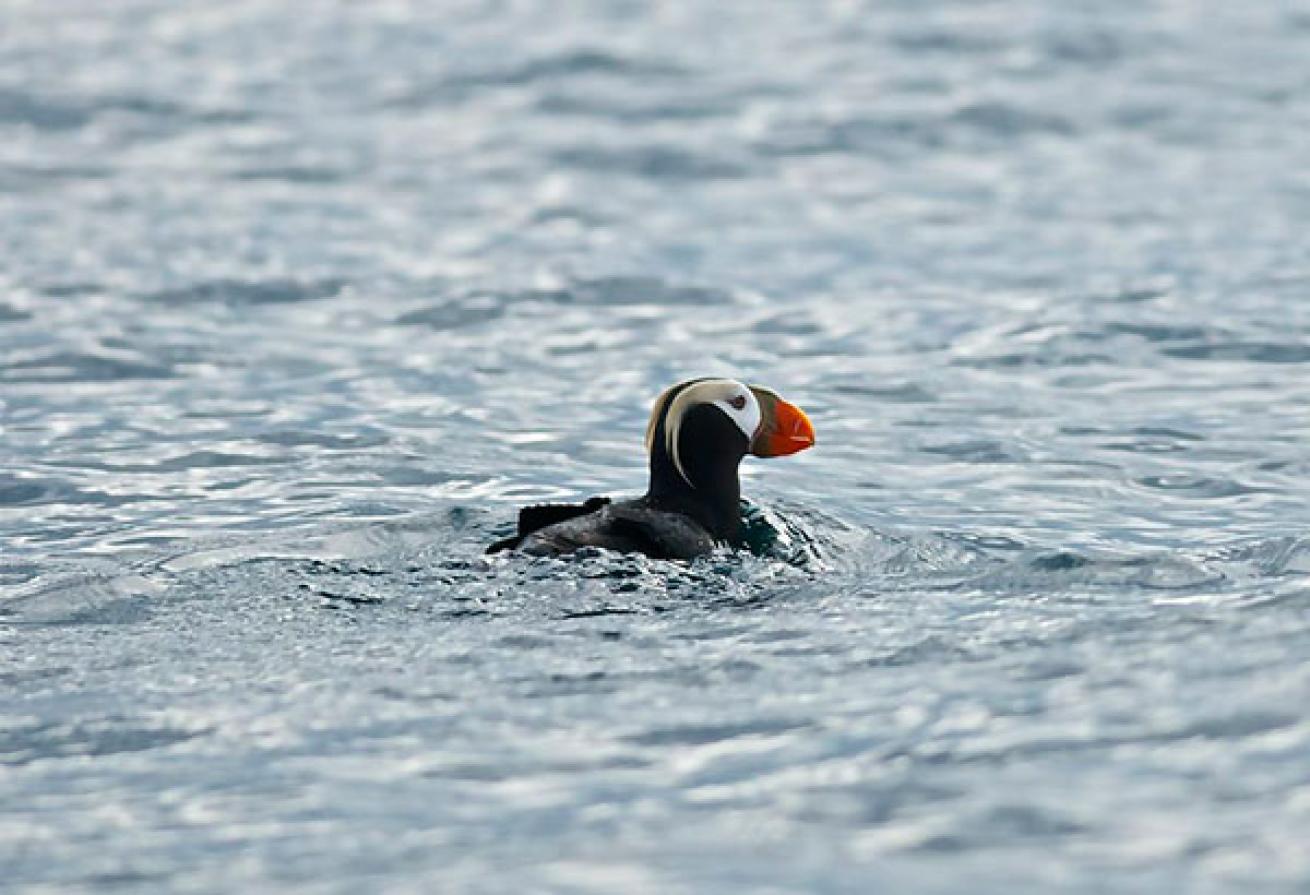
Craig DietrichPuffin.
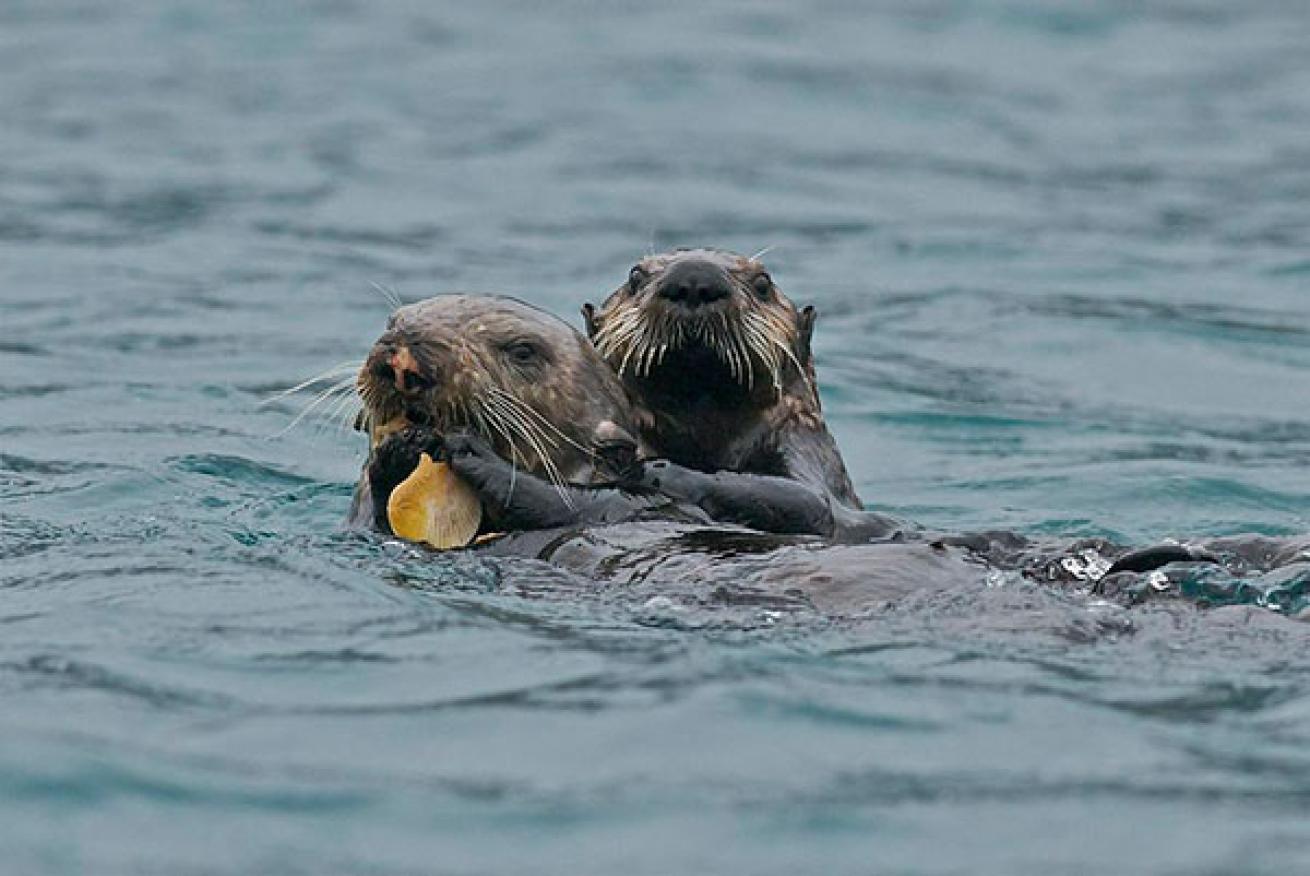
Craig DietrichSea otter mother and pup.
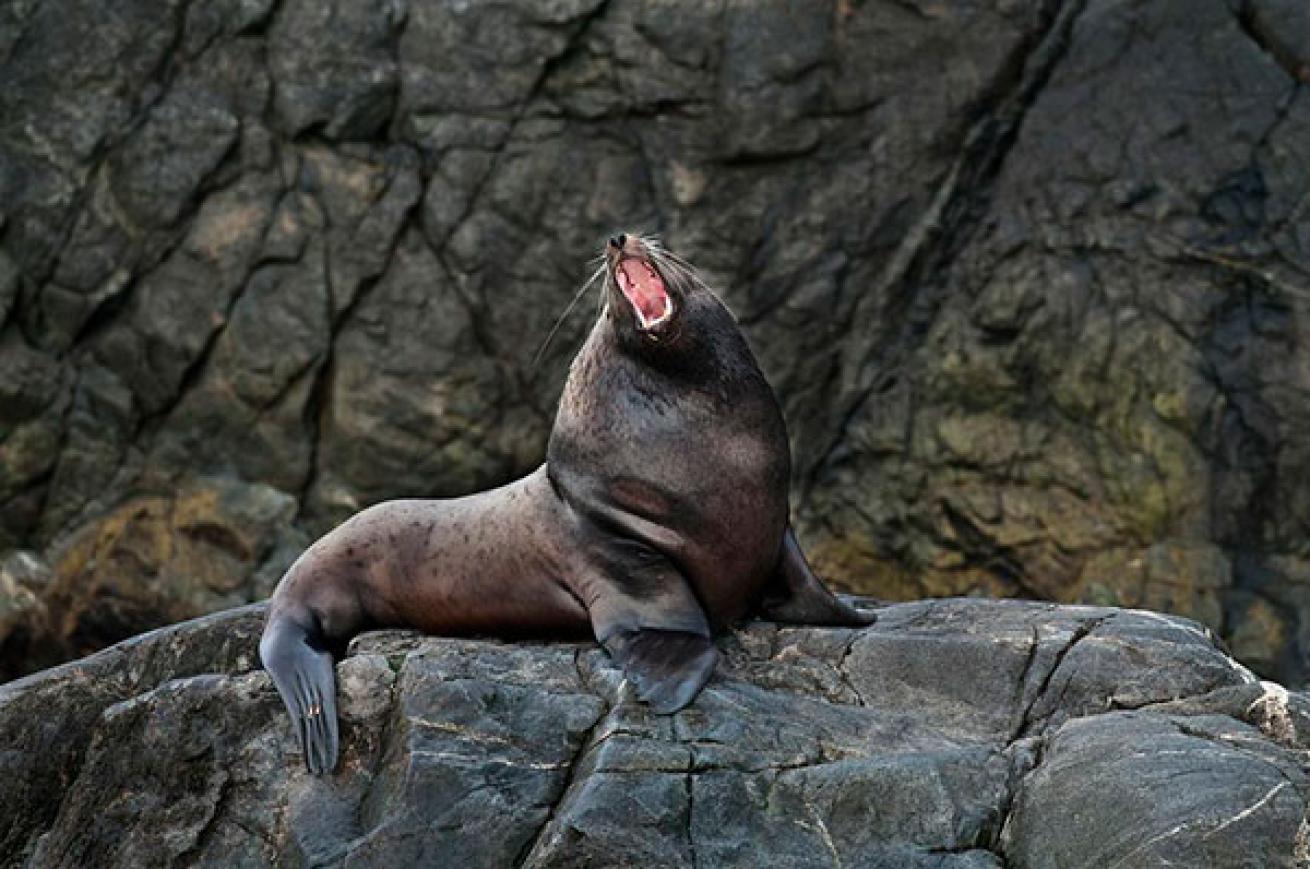
Craig DietrichSinging sea lion.
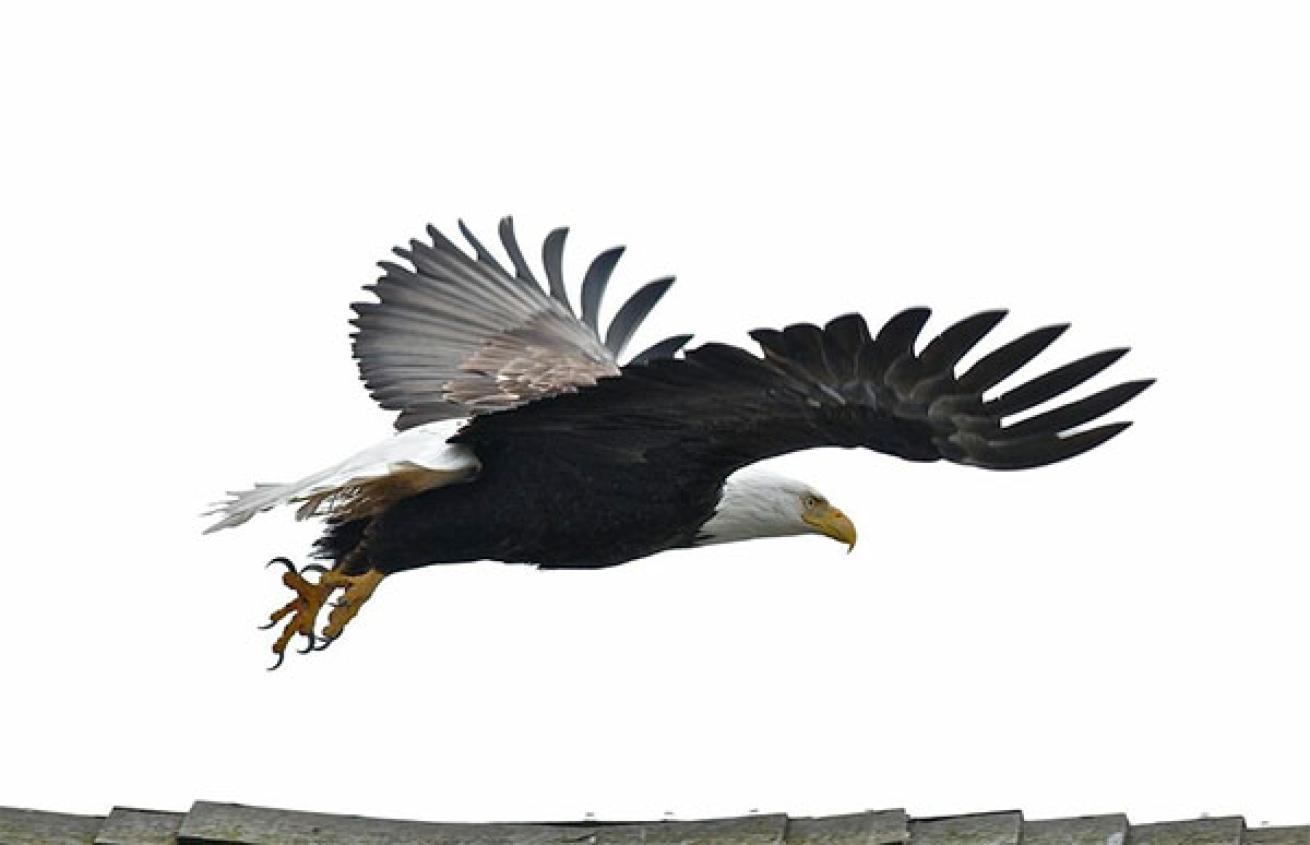
Craig Dietrich
After years and years of diving warm water, I heard about a liveaboard trip that piqued my interest: a repositioning trip on the Nautilus Swell, a beautiful 90-foot refurbished tugboat that would take me from Port Hardy, British Columbia through the Inside Passage and disembark 14 days later in Sitka, Alaska. Me?? Diving?? In Alaska?? I was indeed intrigued, but after being (let’s face it) spoiled by warm blue water, I was also a little terrified. People thought I was crazy, but it was an opportunity that might not come up again, so I dug out my warmest clothes, my wife took a dry suit certification course, and we were on our way...
Once we embarked and got to the first dive site, I was more nervous than ever. I had a little cold water diving experience previously, but I knew this was cold water elevated. Way before the first dive, I knew these dives would be much more gear intensive: the drysuit, the extra weight (due to the drysuit), the heavy hood and gloves necessary for protection from the low water temperature. We were told the average water temperature would be range approximately between 40-50 degrees, so the right gear was vital.
When we finally made our descent on that first dive, I knew I had made the right decision making this trip. The visibility wasn’t 100 feet--probably closer to 25 feet, but the things I saw in that 25 feet blew me away. The water is a captivating green, the kelp forests anchored to the bottom while climbing with their gas filled bladders which allow them to float to the surface, and more life than I ever expected to see. Giant plumose anemone averaging three feet high swayed with the current, and starfish of every shape, size, and color were everywhere. I watched in awe as a fellow diver –– very experienced in diving in this area –– played with a wolf eel as if it were a puppy. And my drysuit kept me dry –– and warm!
My subsequent dives were equally stunning. Steller sea lions swam along side us, occasionally mouthing a diver’s head to show him who was boss –– but considering these animals average about 1,500 lbs, there really wasn’t ever a question! Vibrantly colored nudibranchs were bountiful, and fish I’d never seen in warm water were everywhere: Red Irish Lords, sculpin, and decorated war bonnets kept this photographer busy on every dive. We even swam upon two king crabs in an amorous situation...they didn’t seem to mind.
Throughout this adventure, we were lucky enough to witness dolphins riding in the wake of our boat, a humpback whale in the lagoon where we anchored one evening, and pods of killer whales. One of my favorite memories was breaking the surface after our dives and being surrounded by pristine snow capped mountains and little sound except the water lapping against the boat while I reflected on the wonders I had just witnessed...it was a peace I hope to find again.
Look, you are a diver already –– you know how to clear your mask, to regulate your breathing, to do a proper safety stop. If you haven’t tried cold water diving, it’s an adventure that’s worth the little extra work –– and think of how cool people will think you are!
_Craig Dietrich is the photo pro for Pompano Dive Center in Pompano Beach, Florida. To see more of Craig's work, visit his website Dietrich Underwater. _





